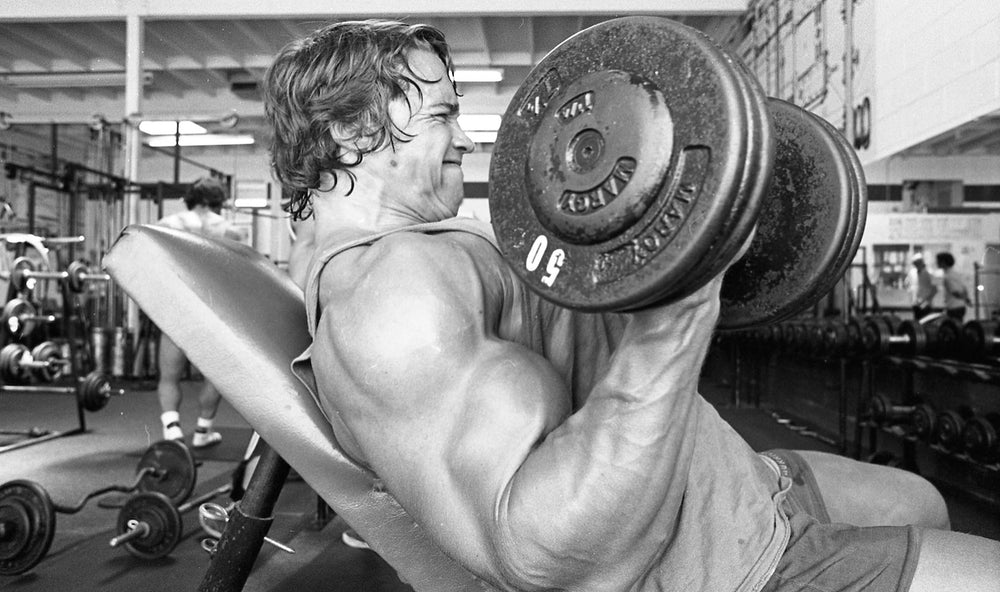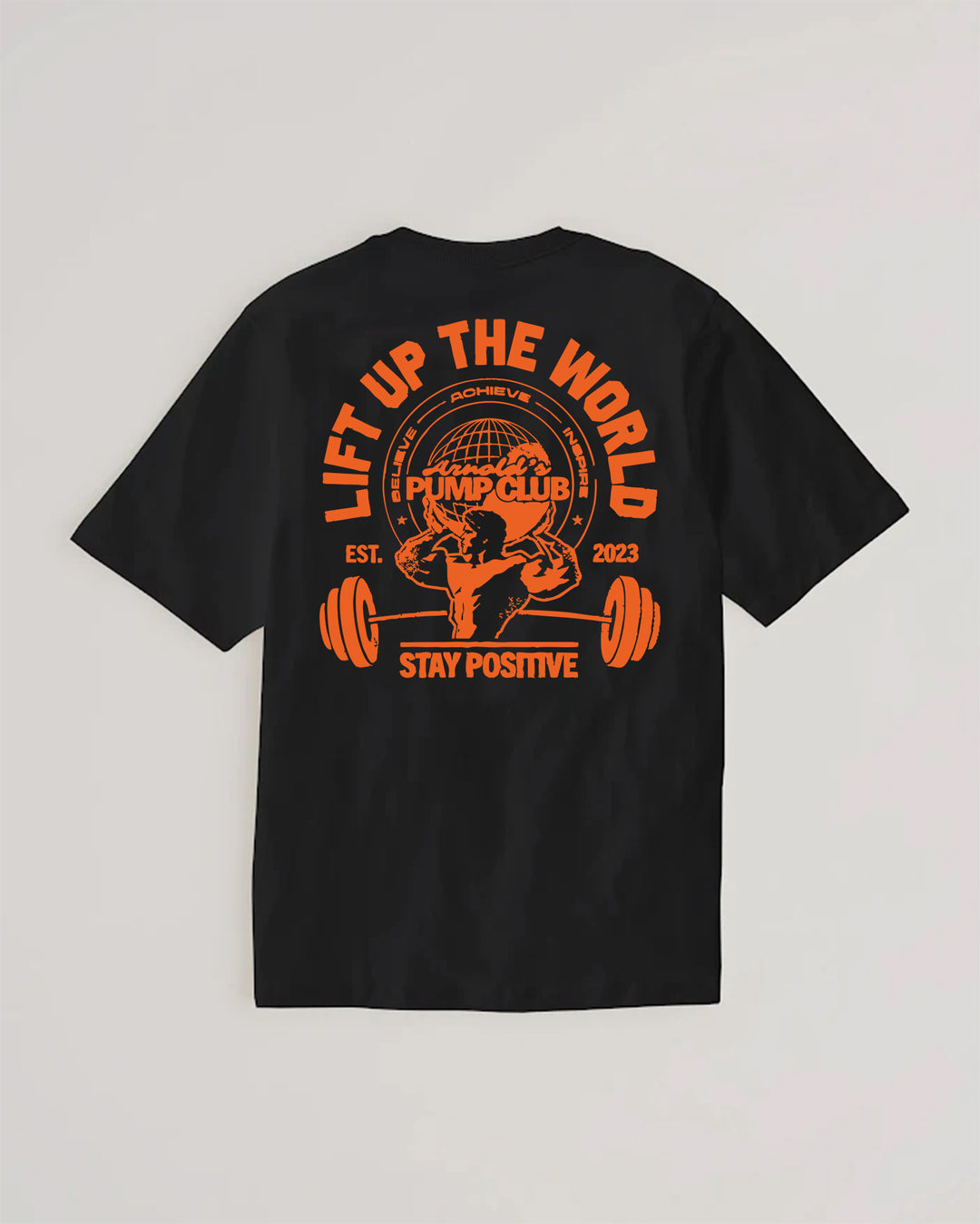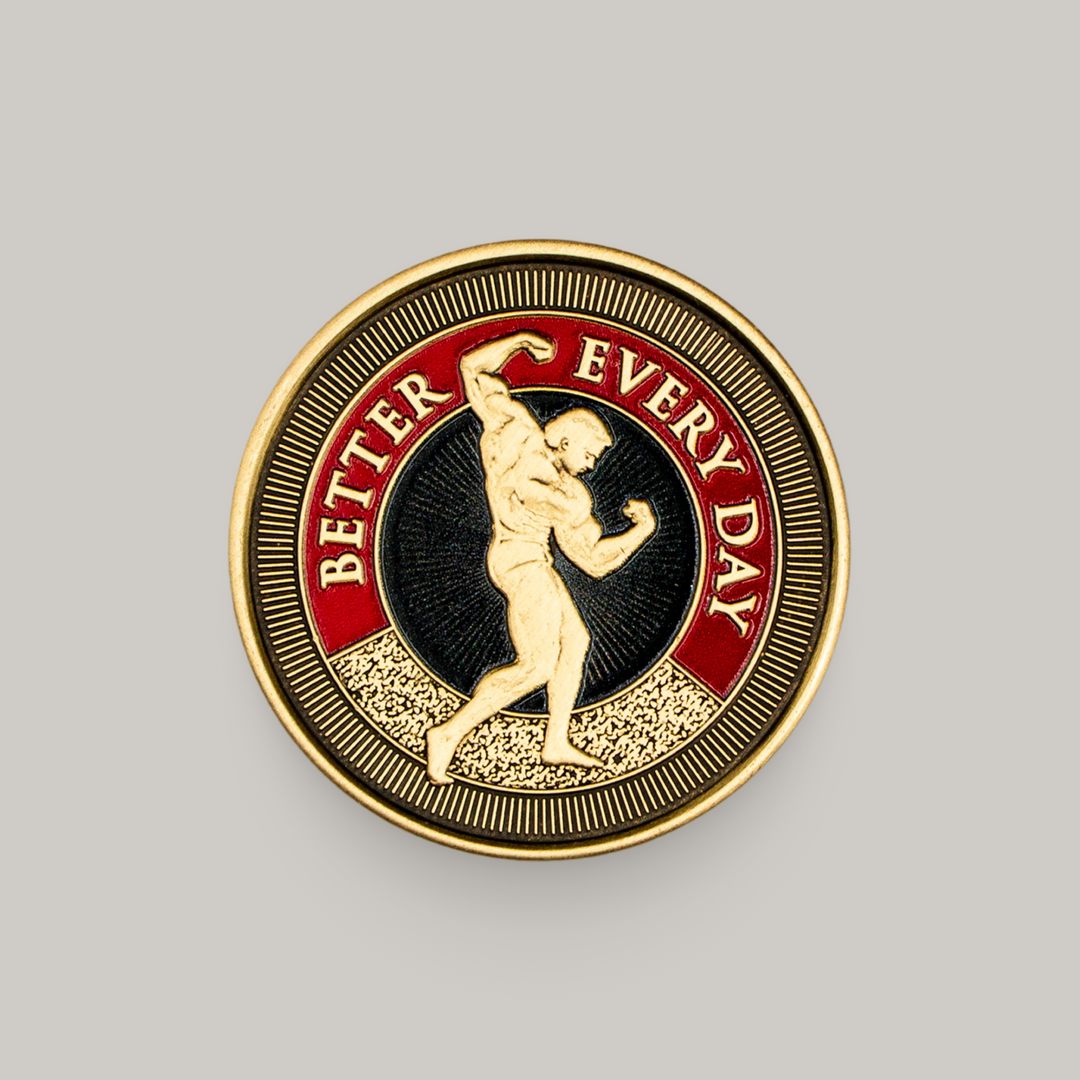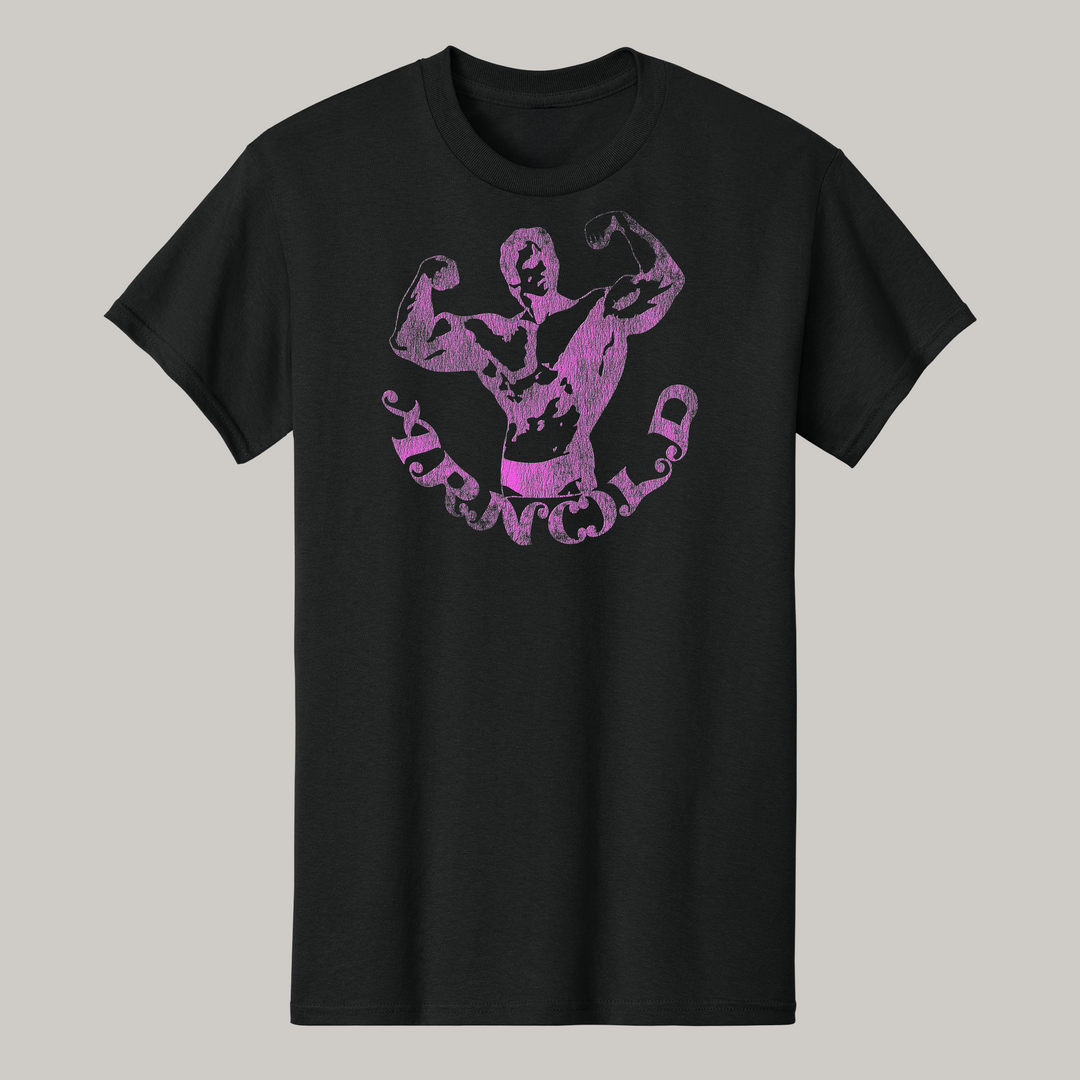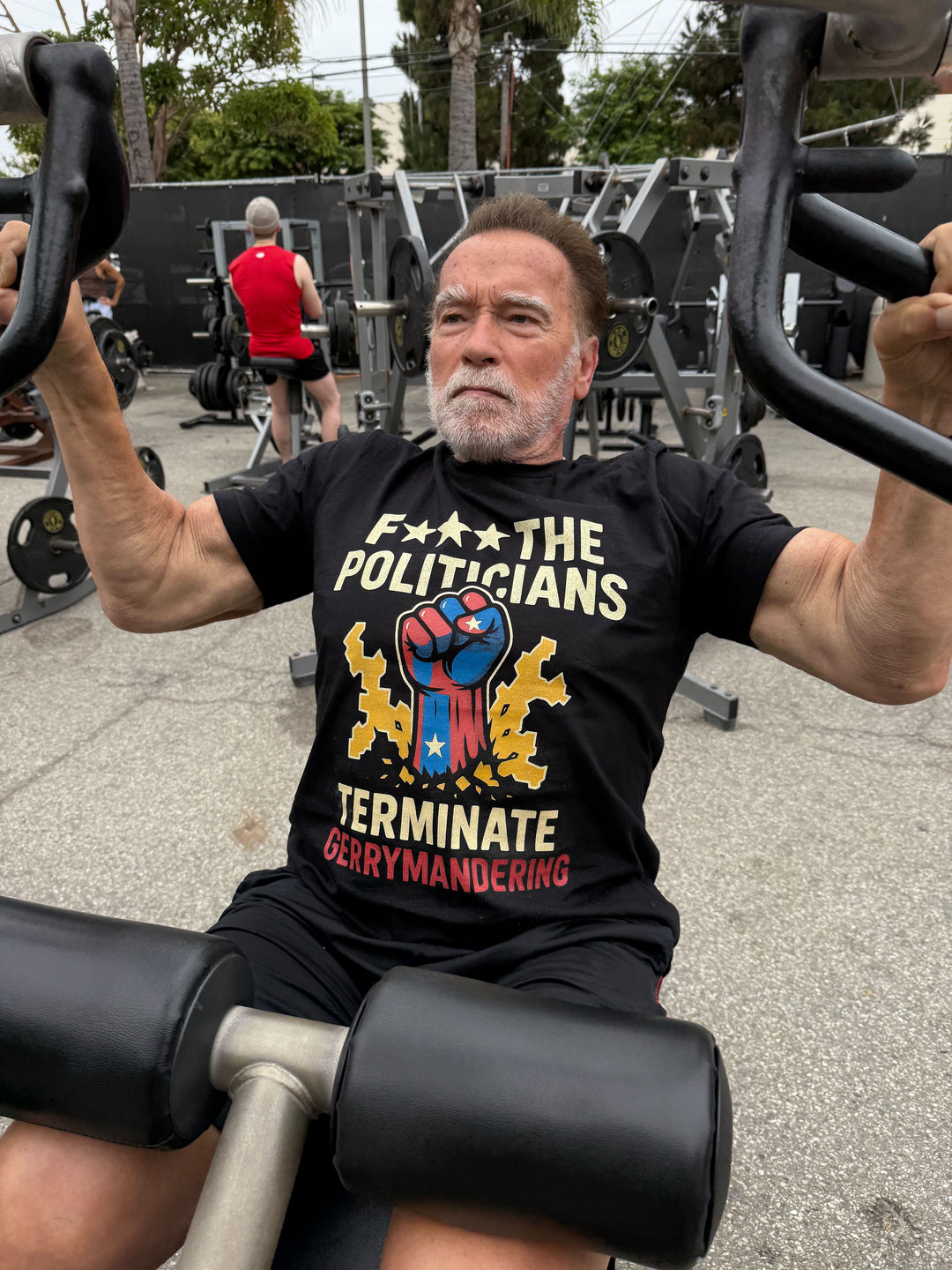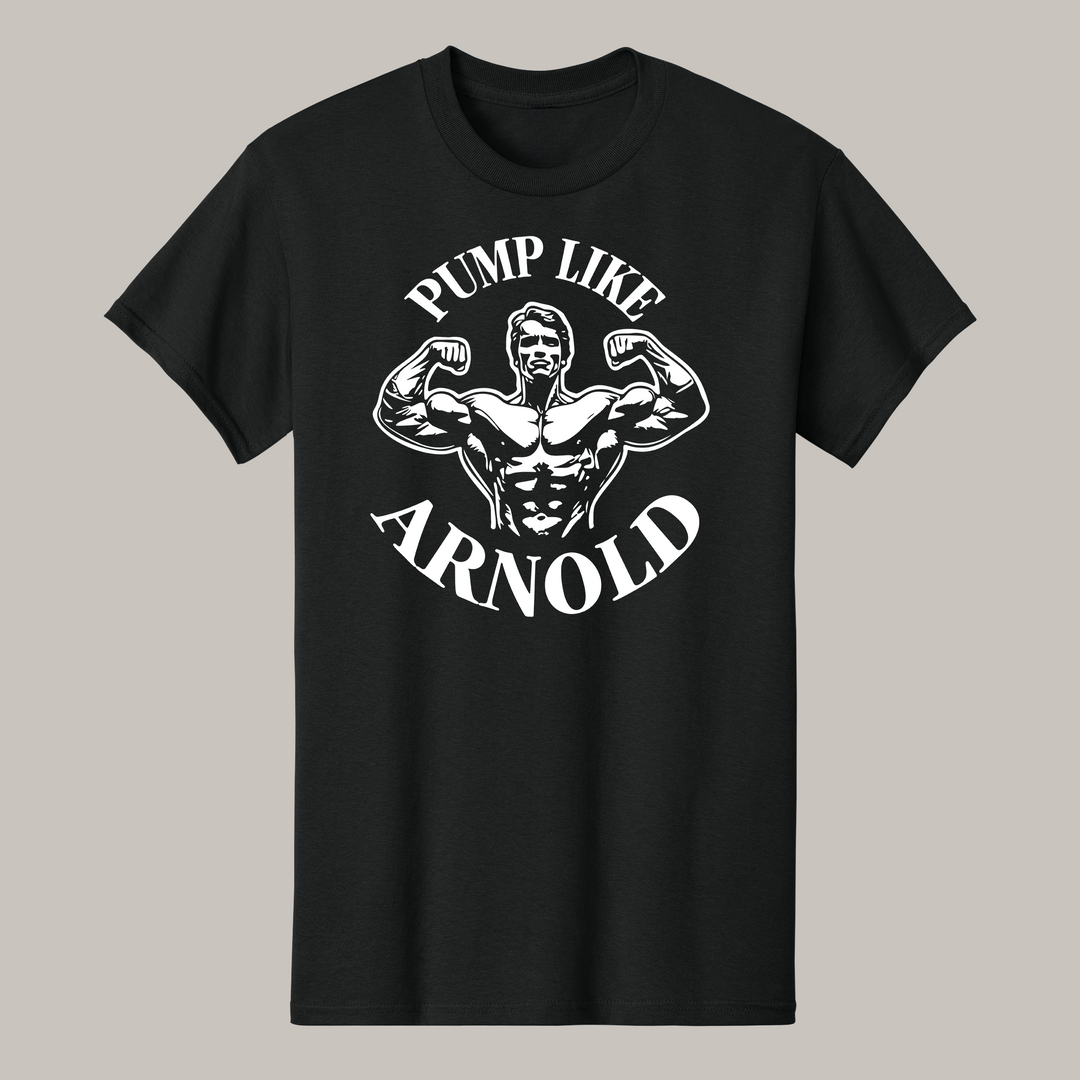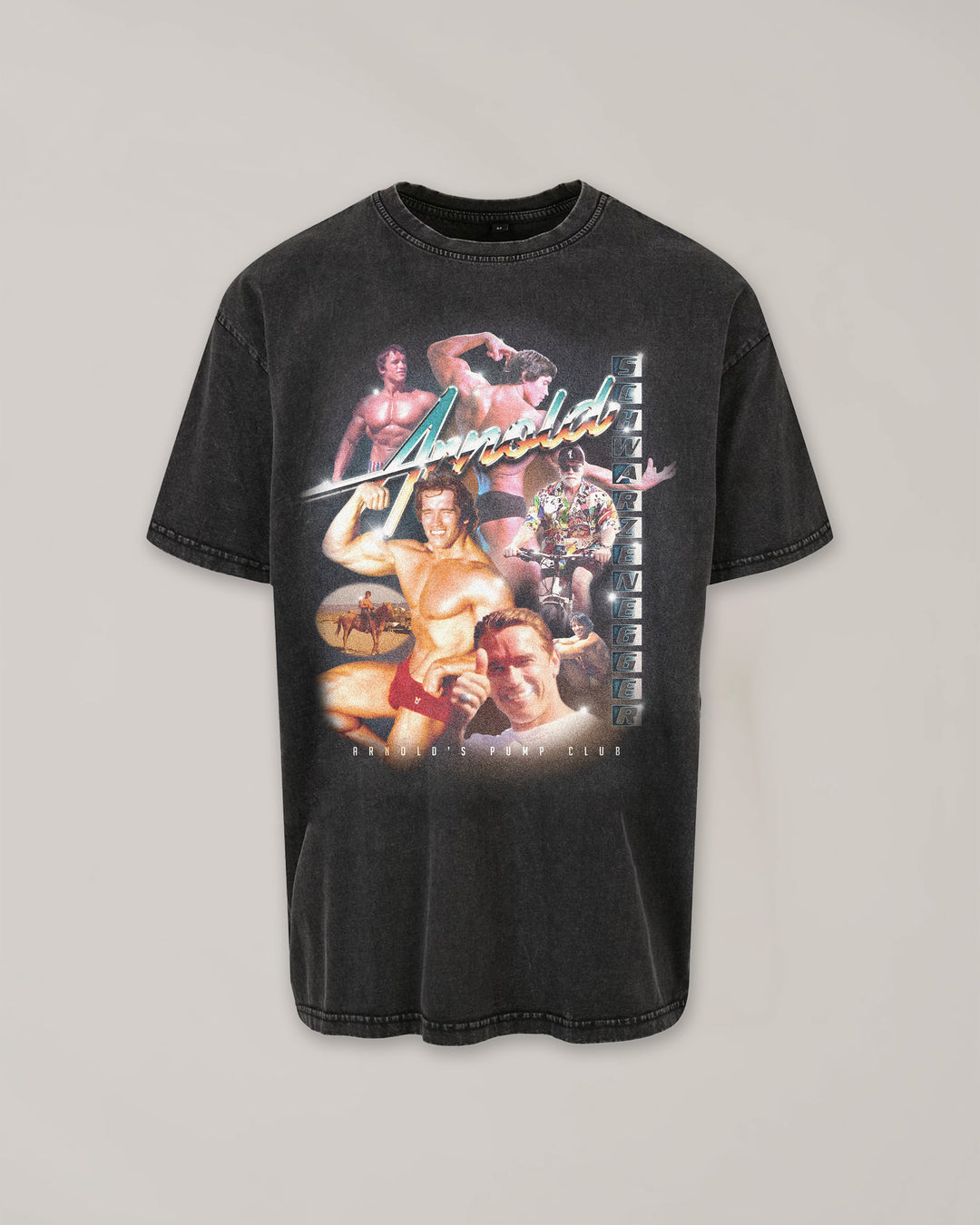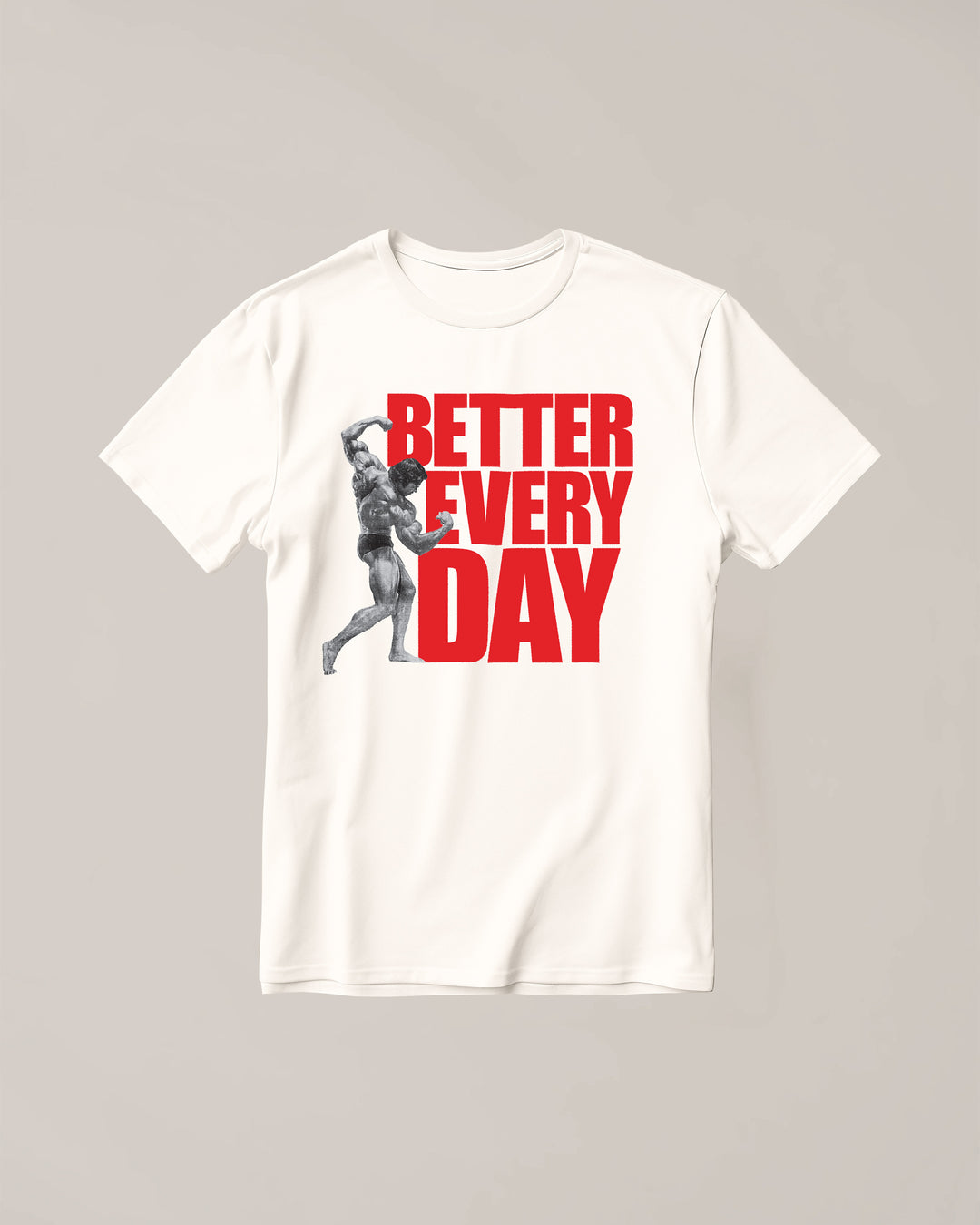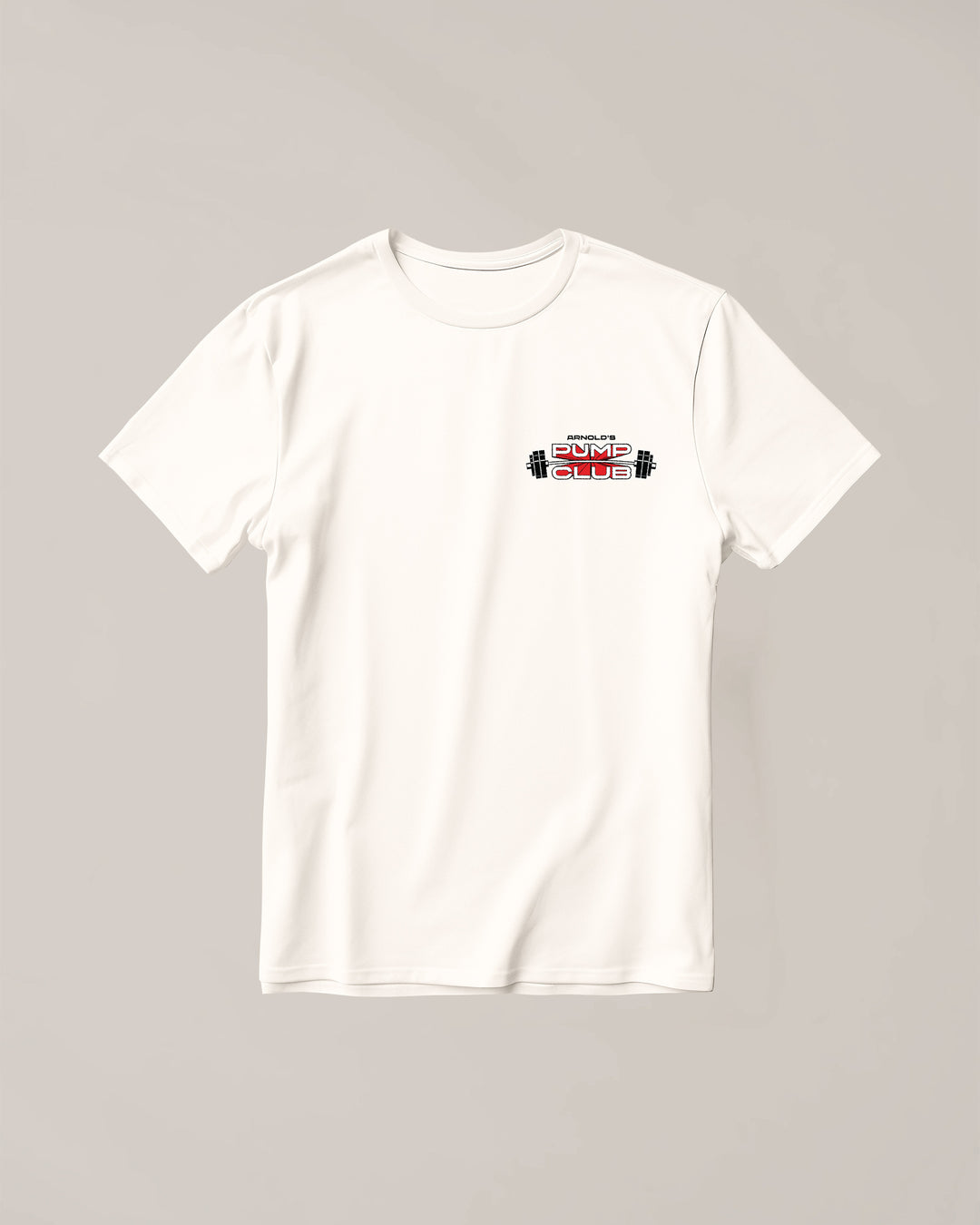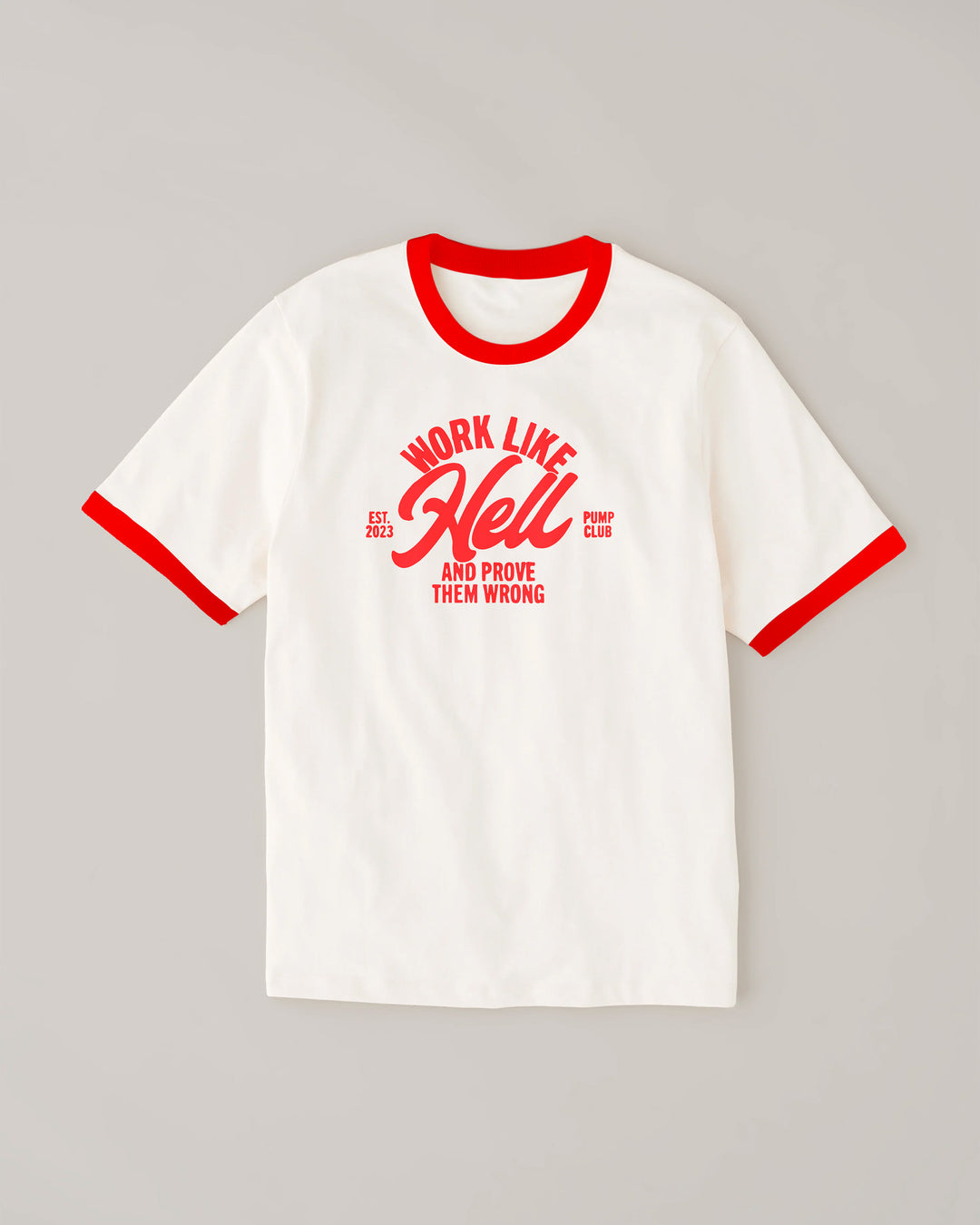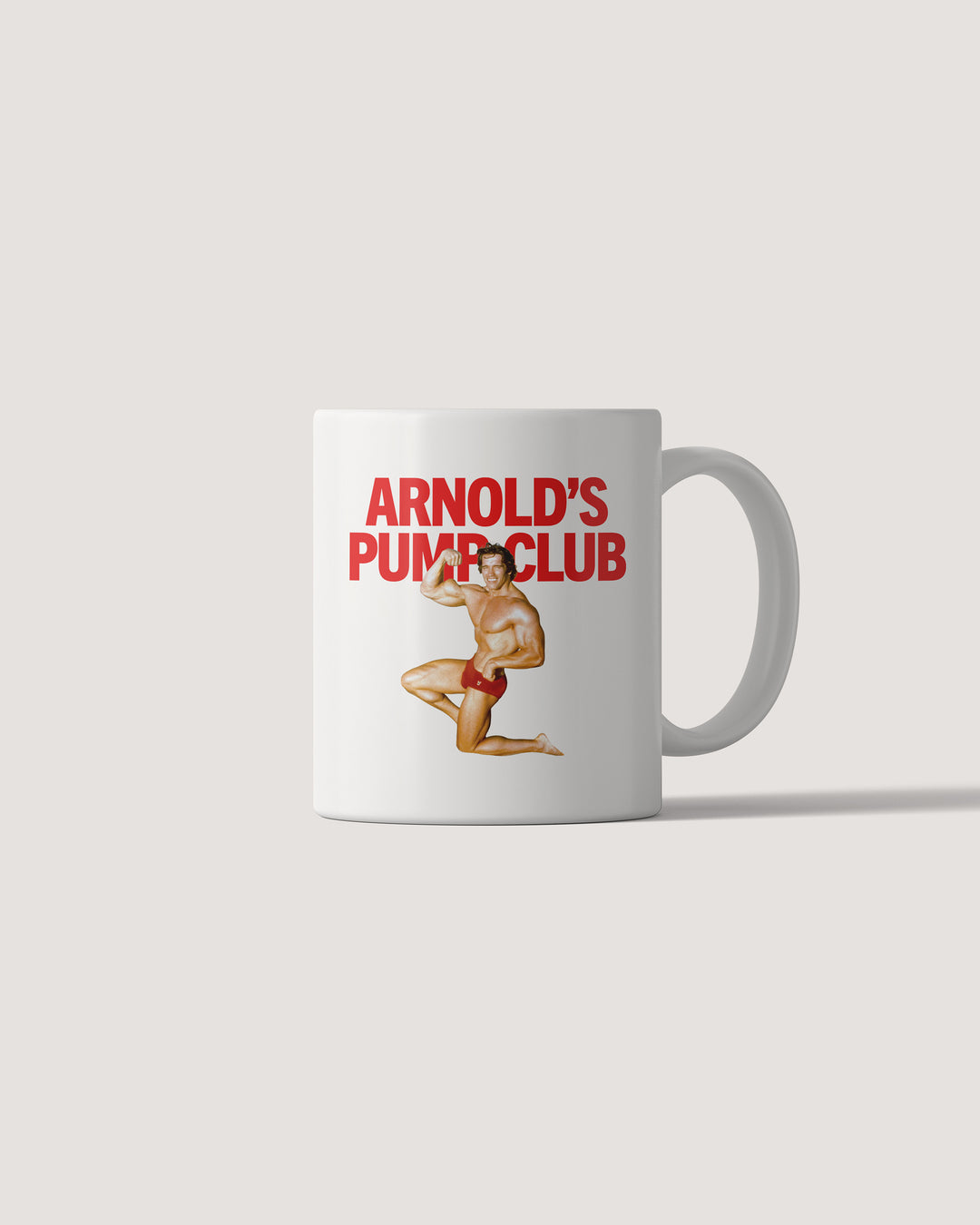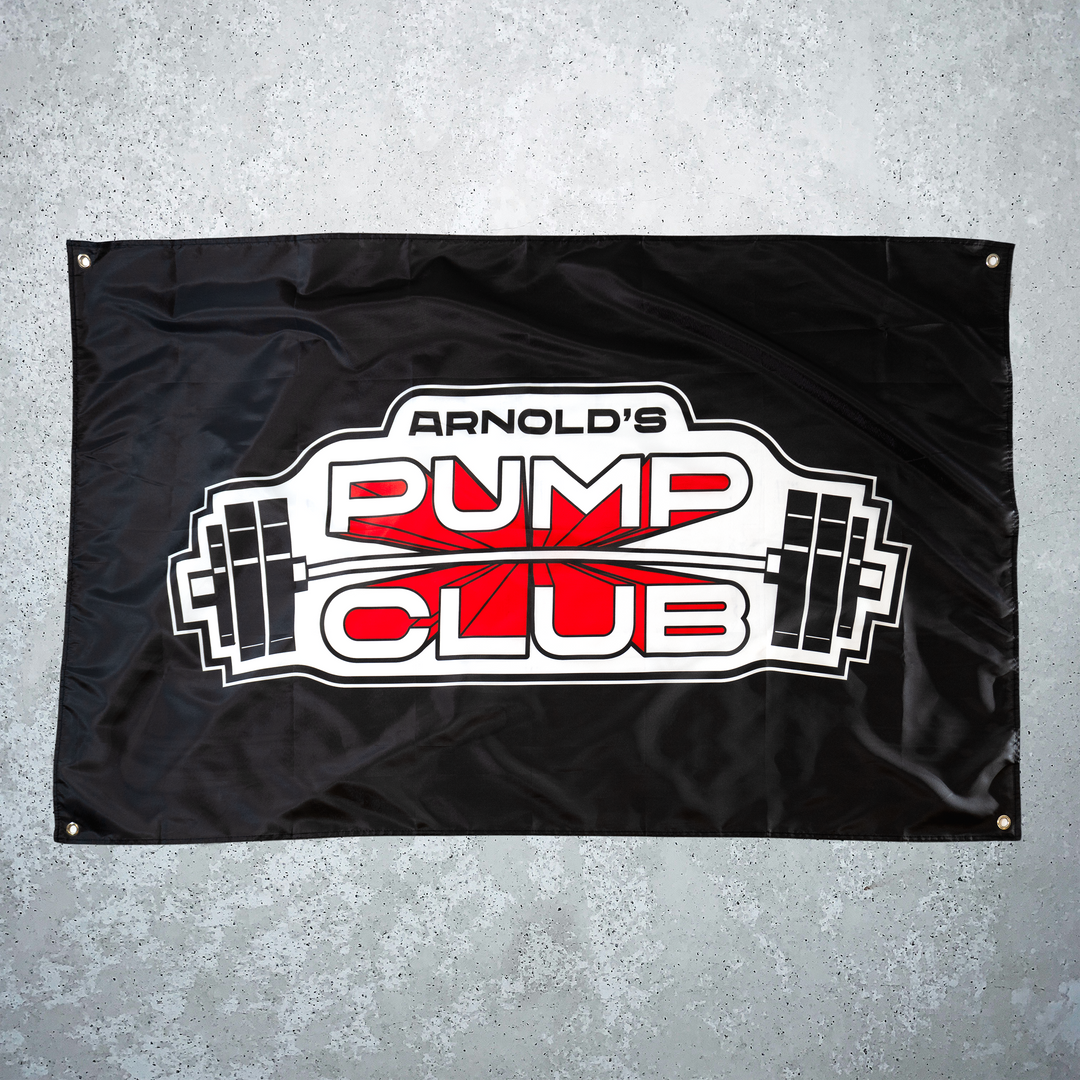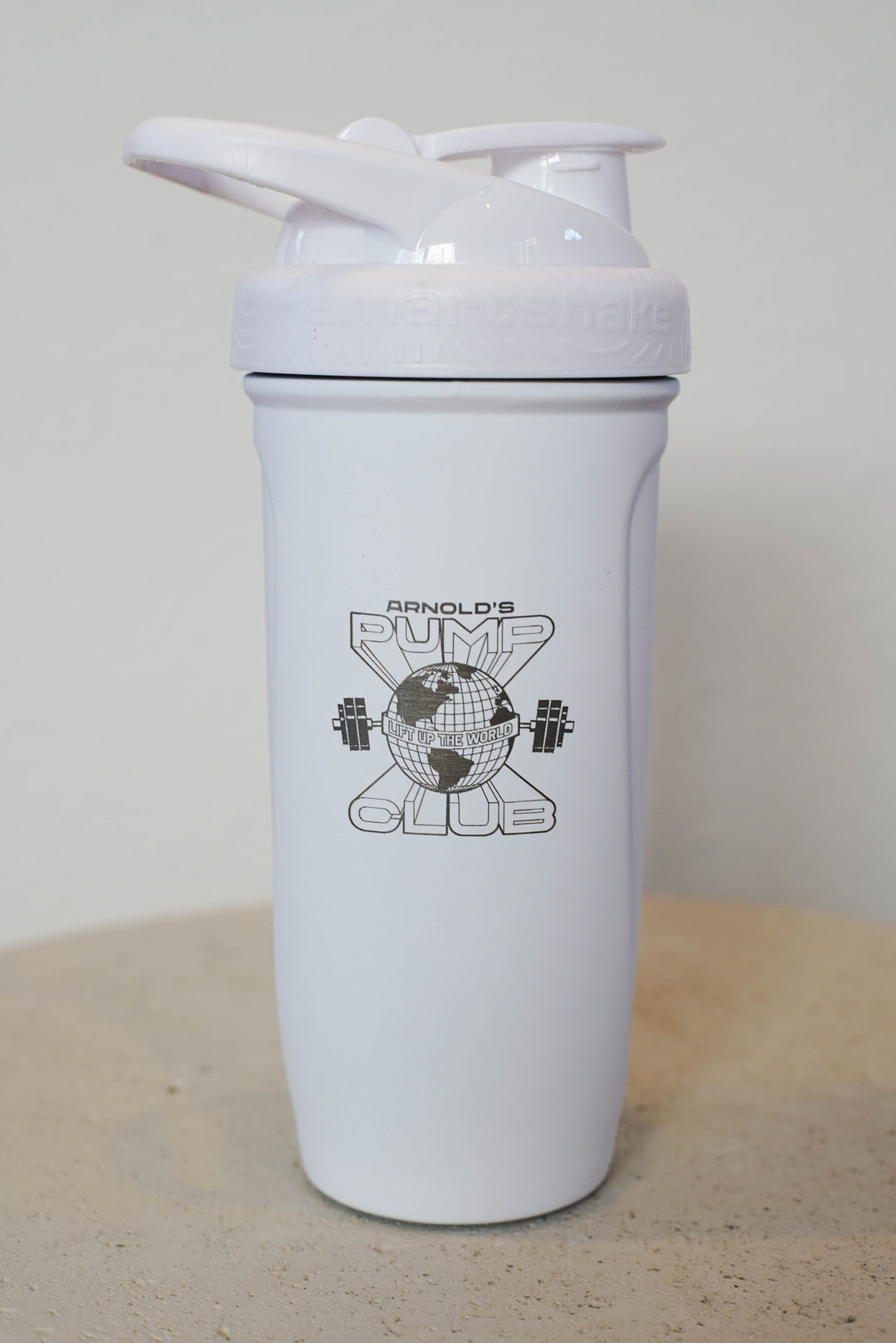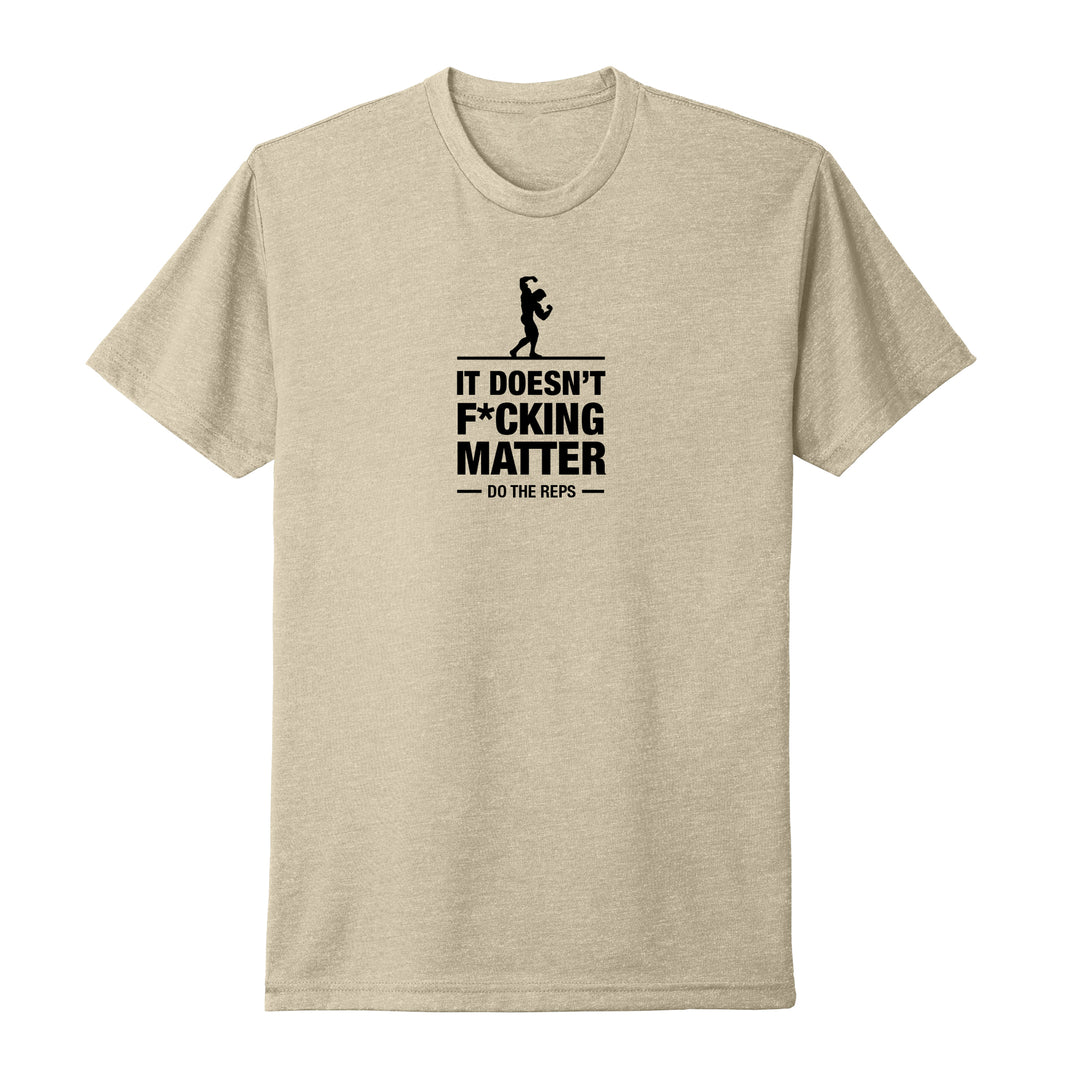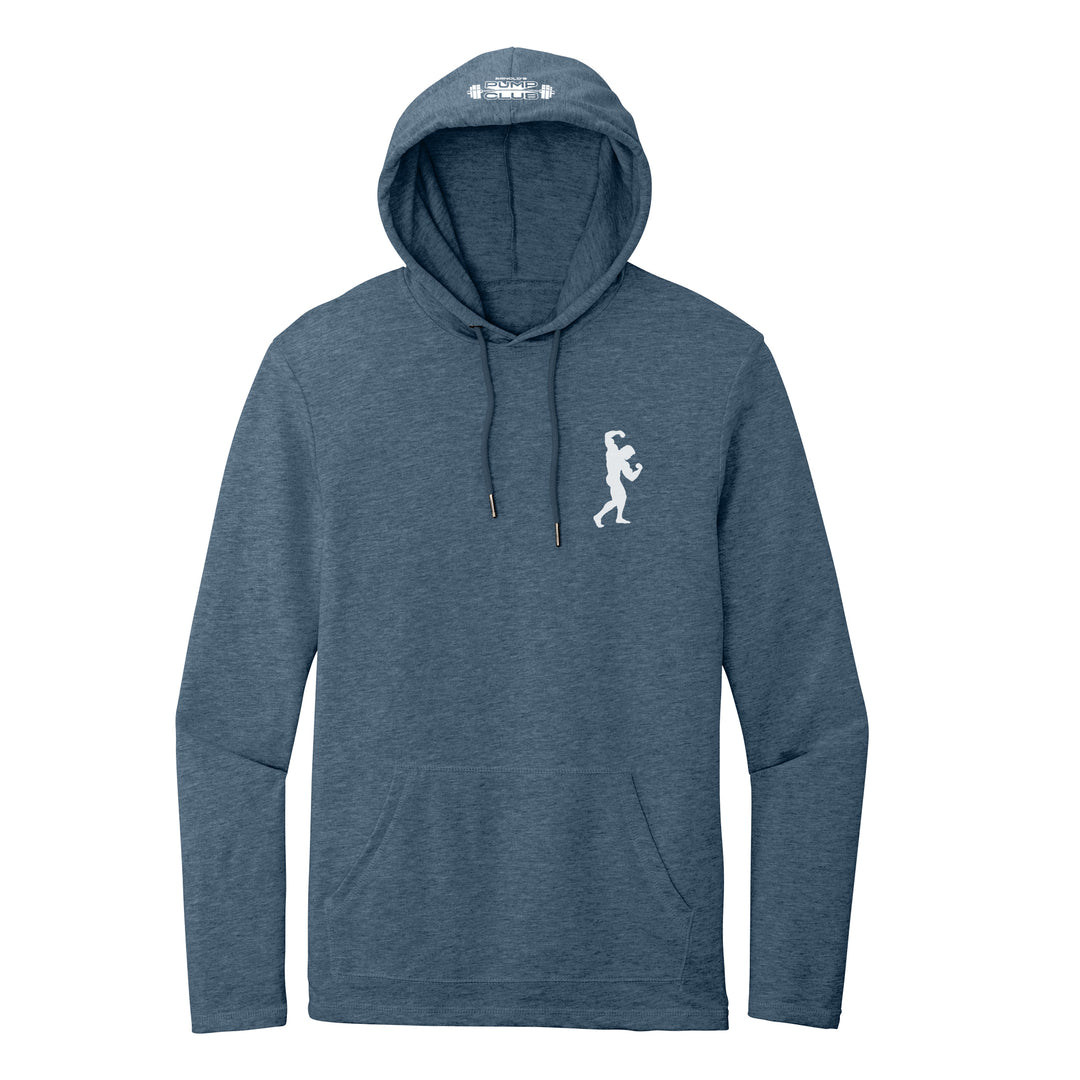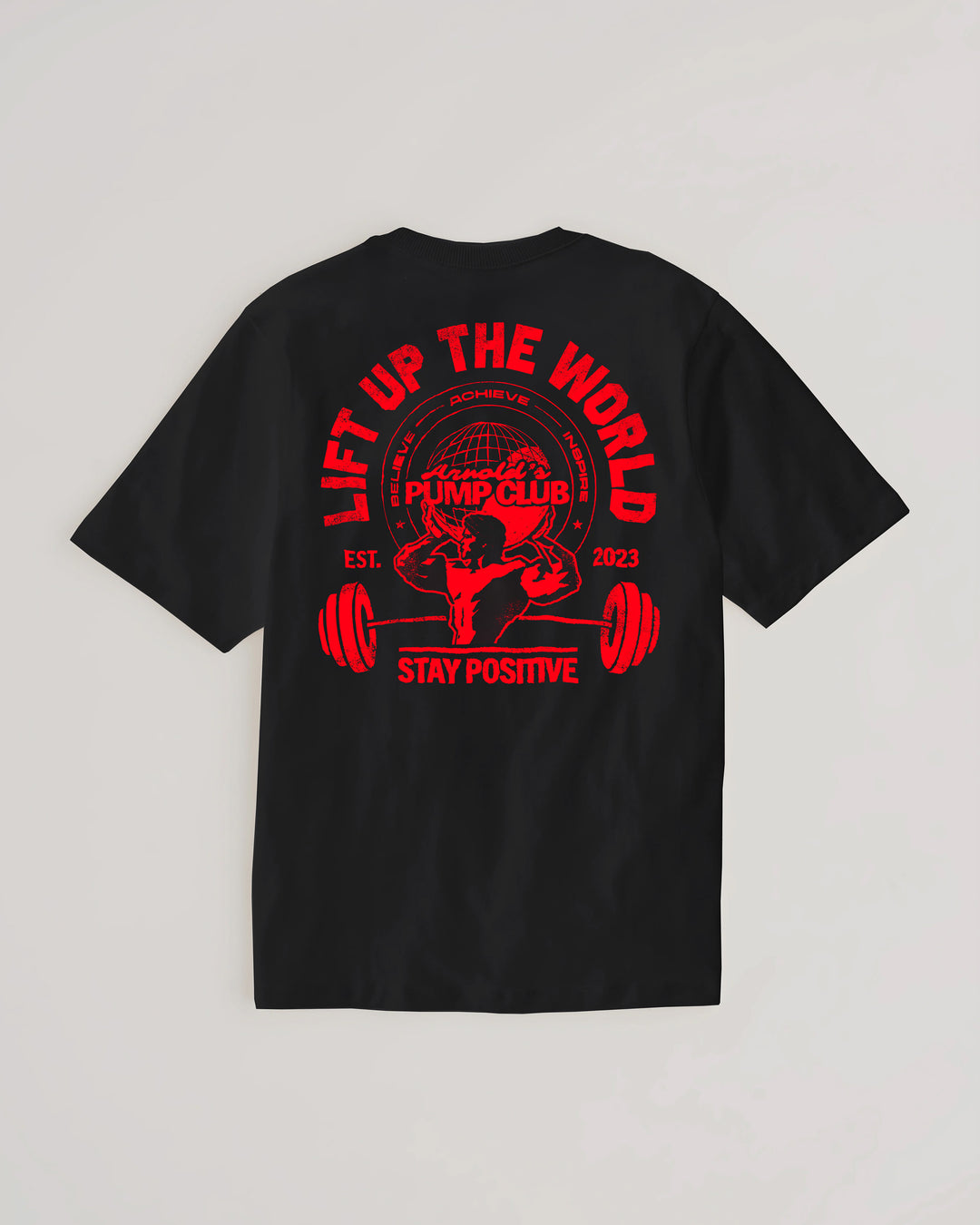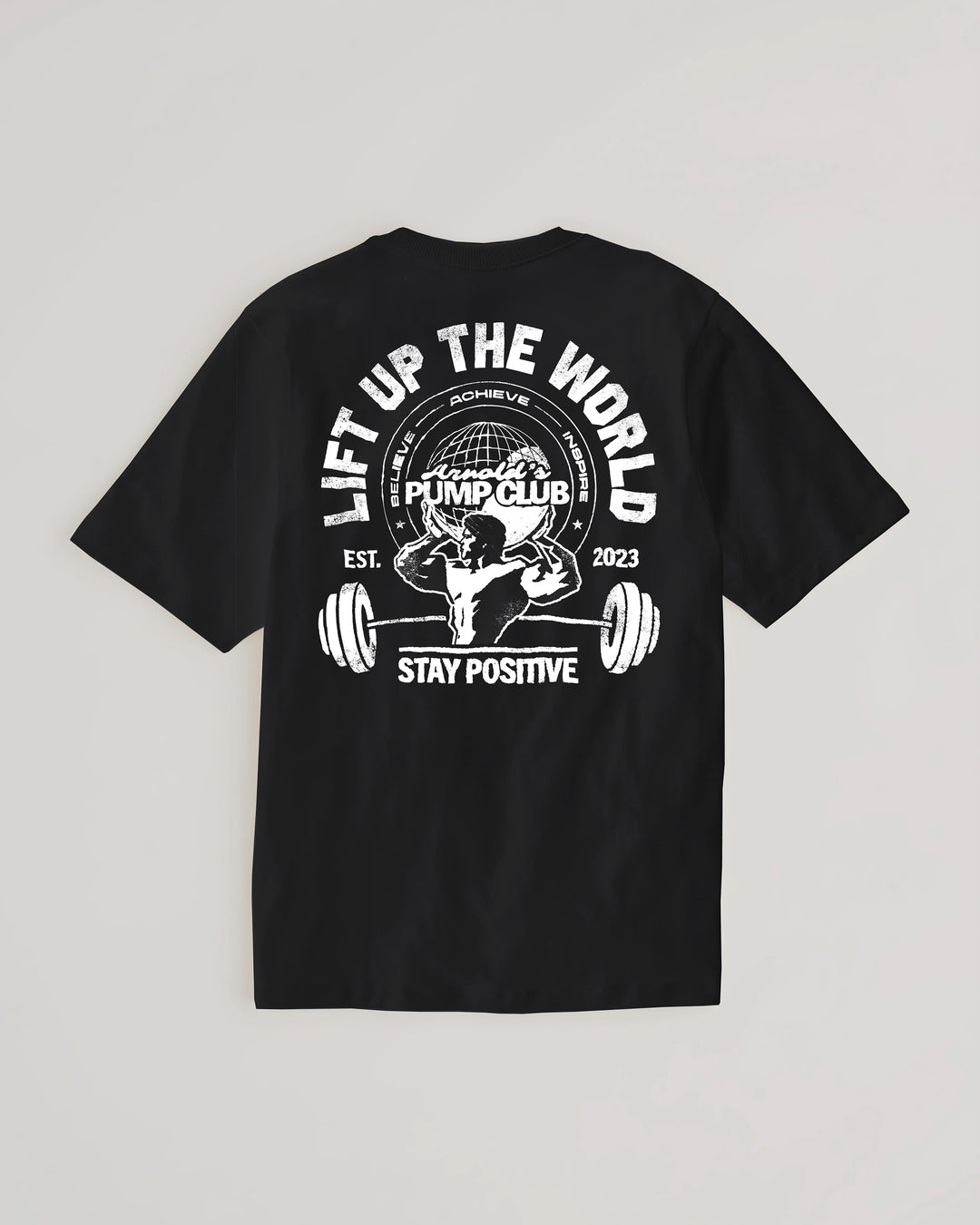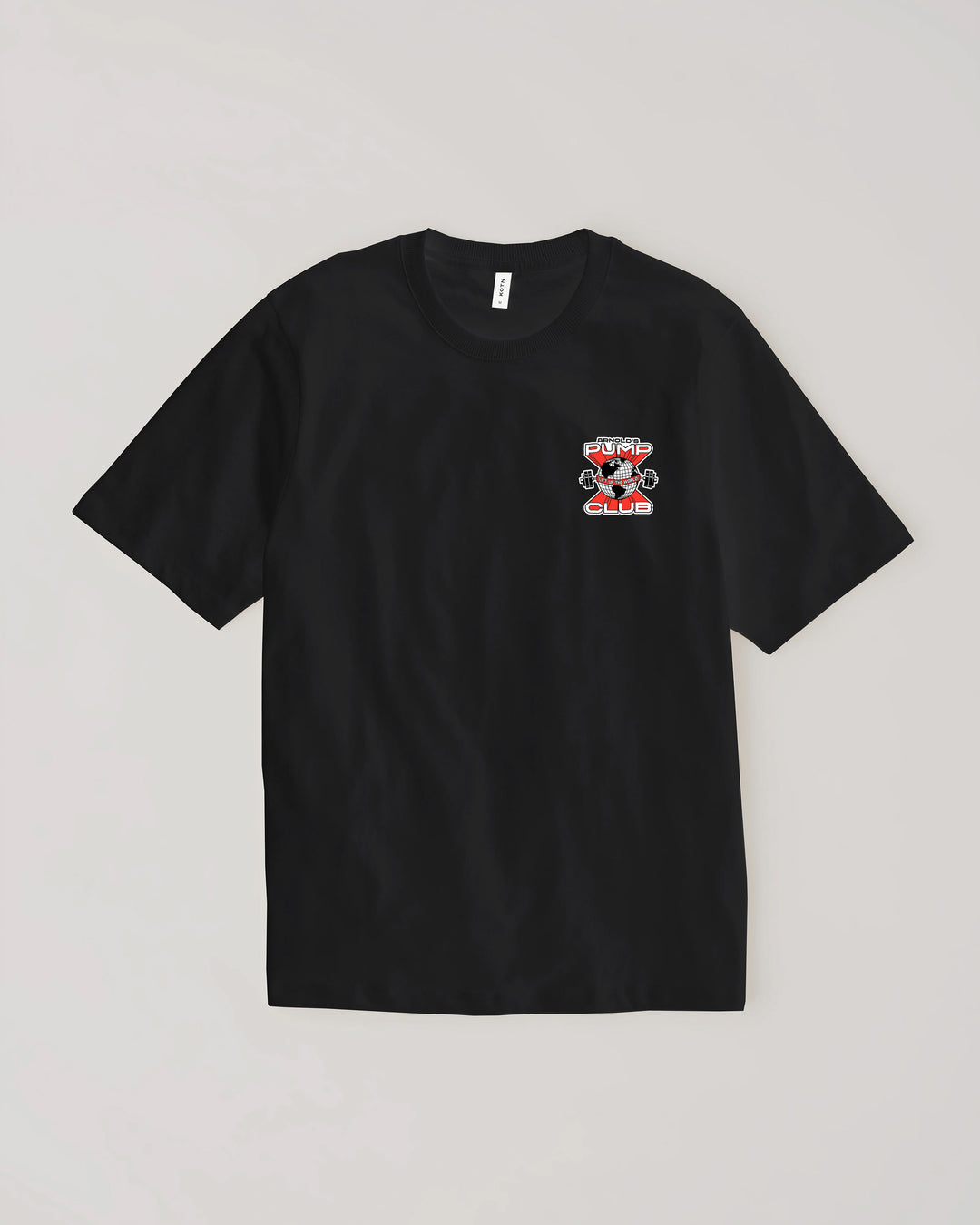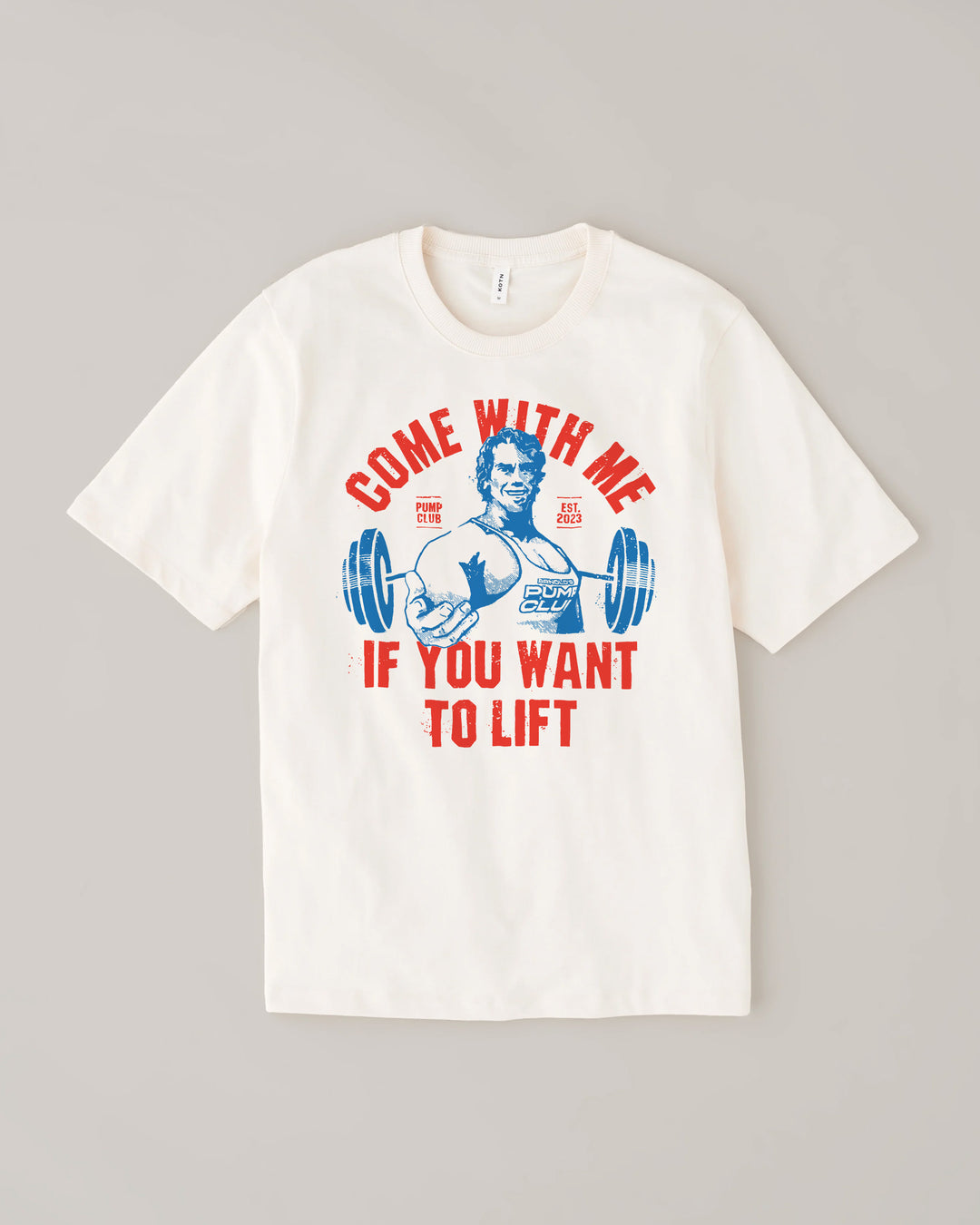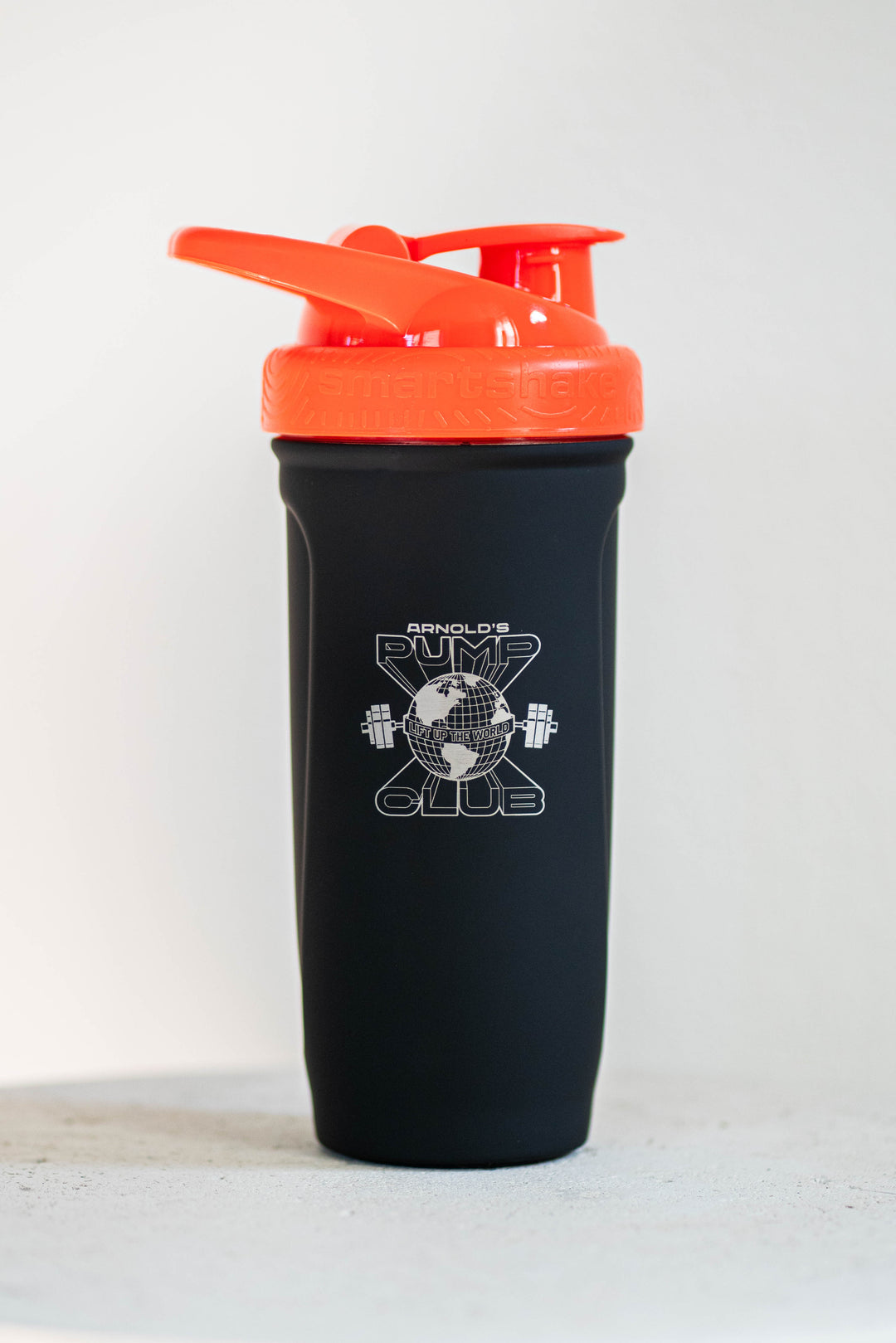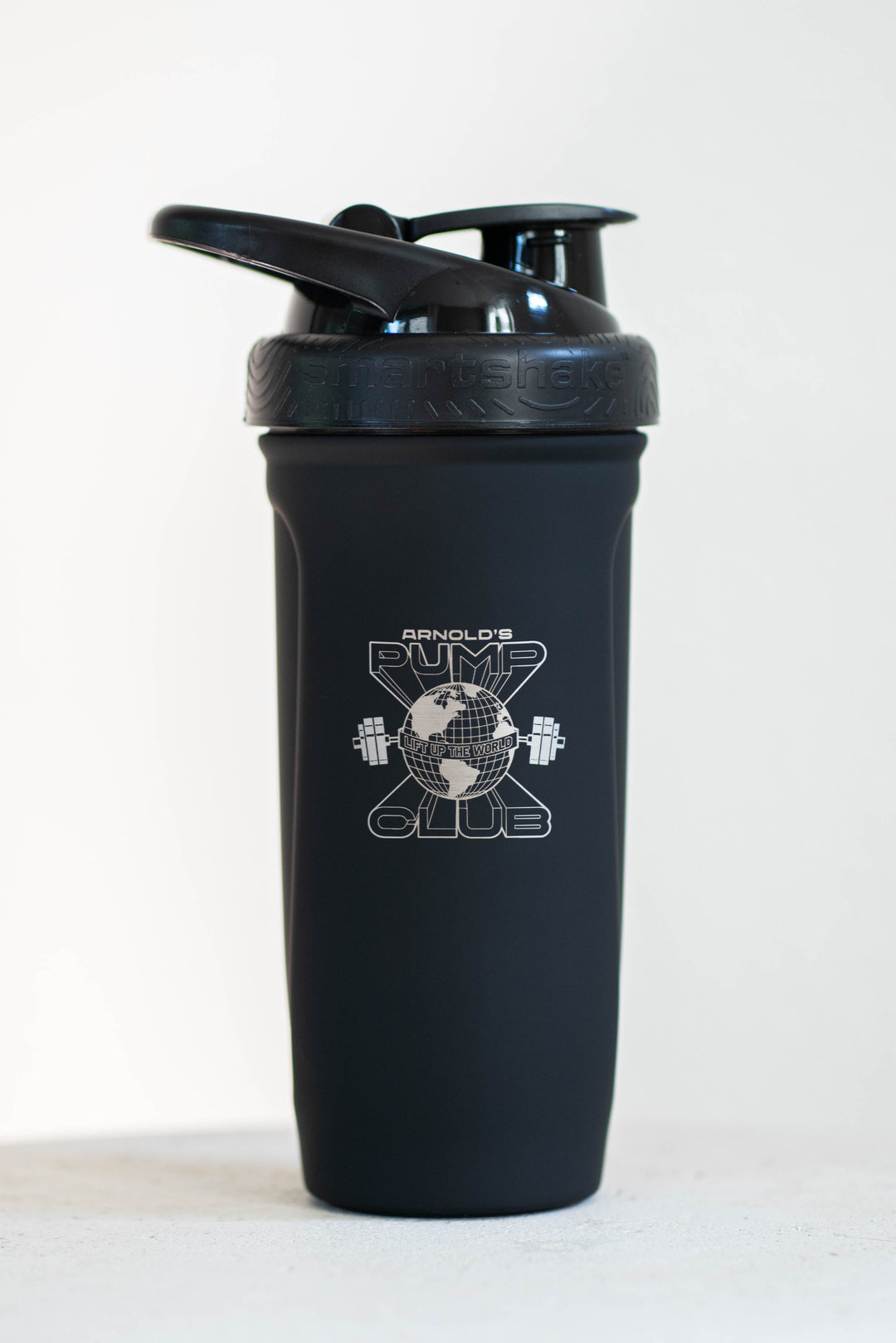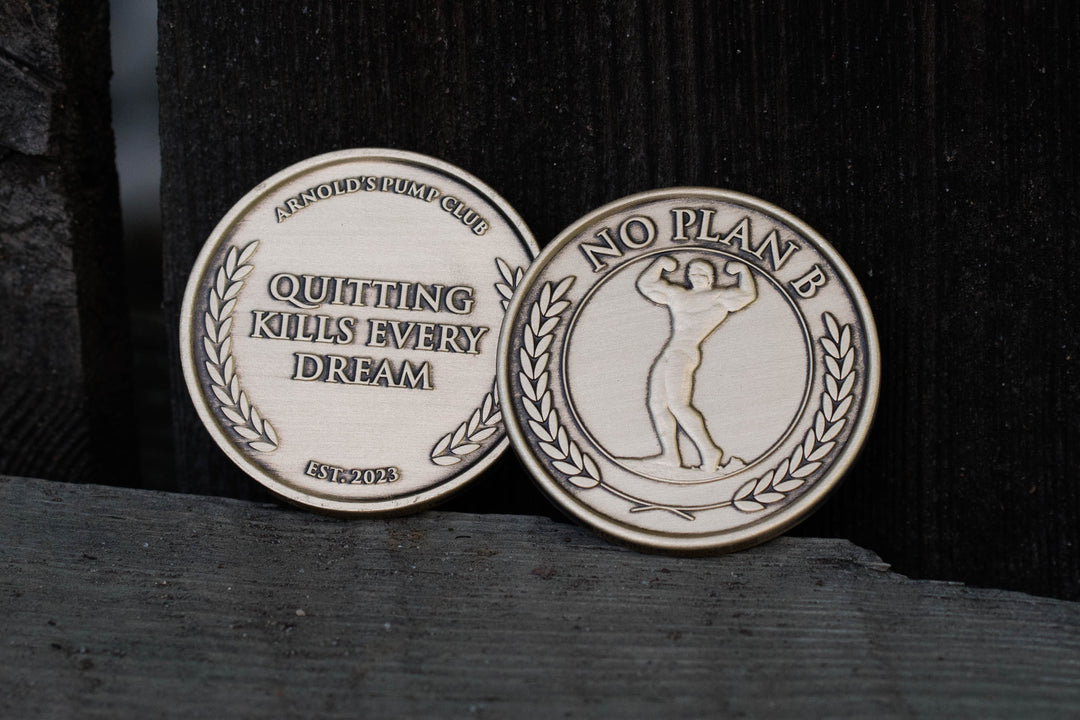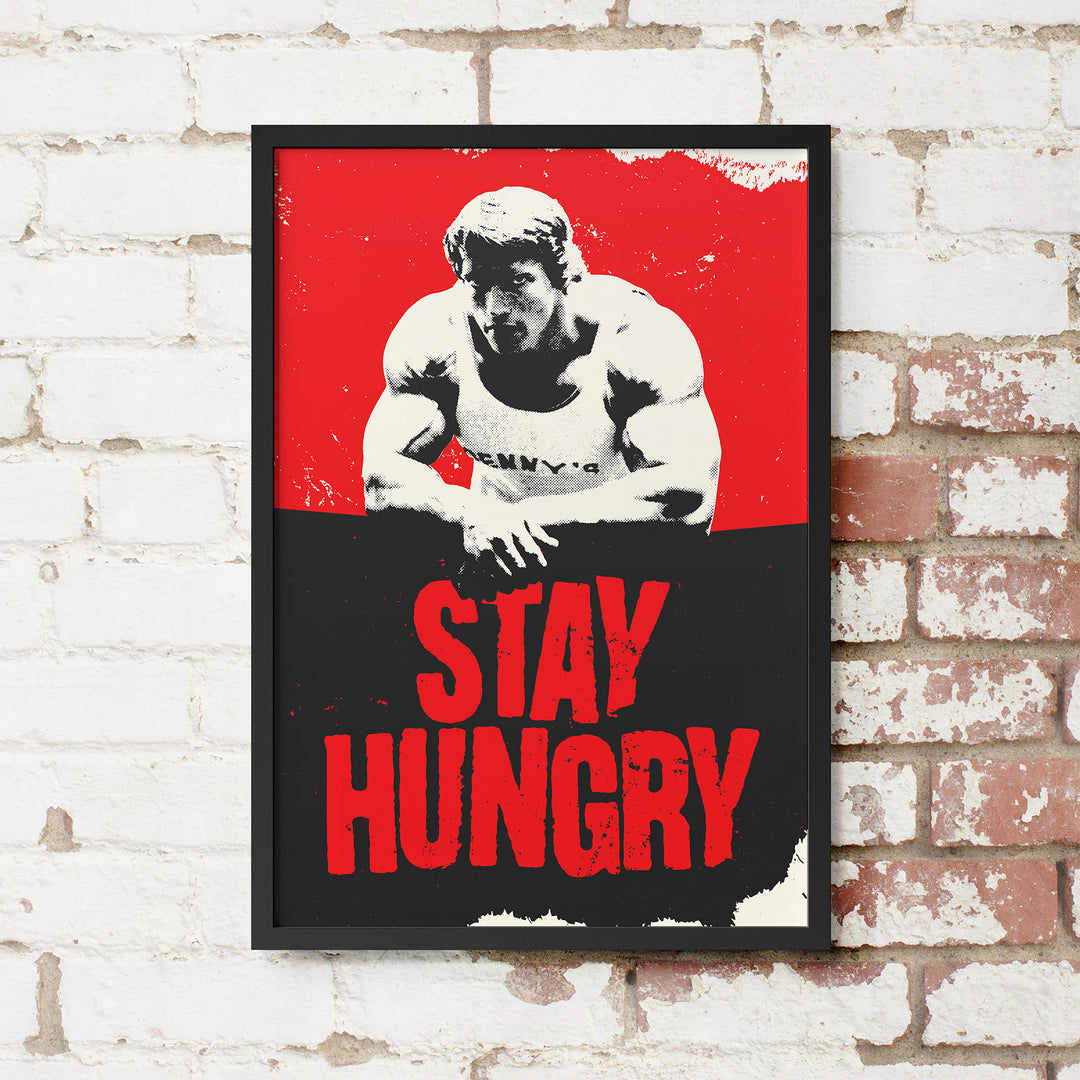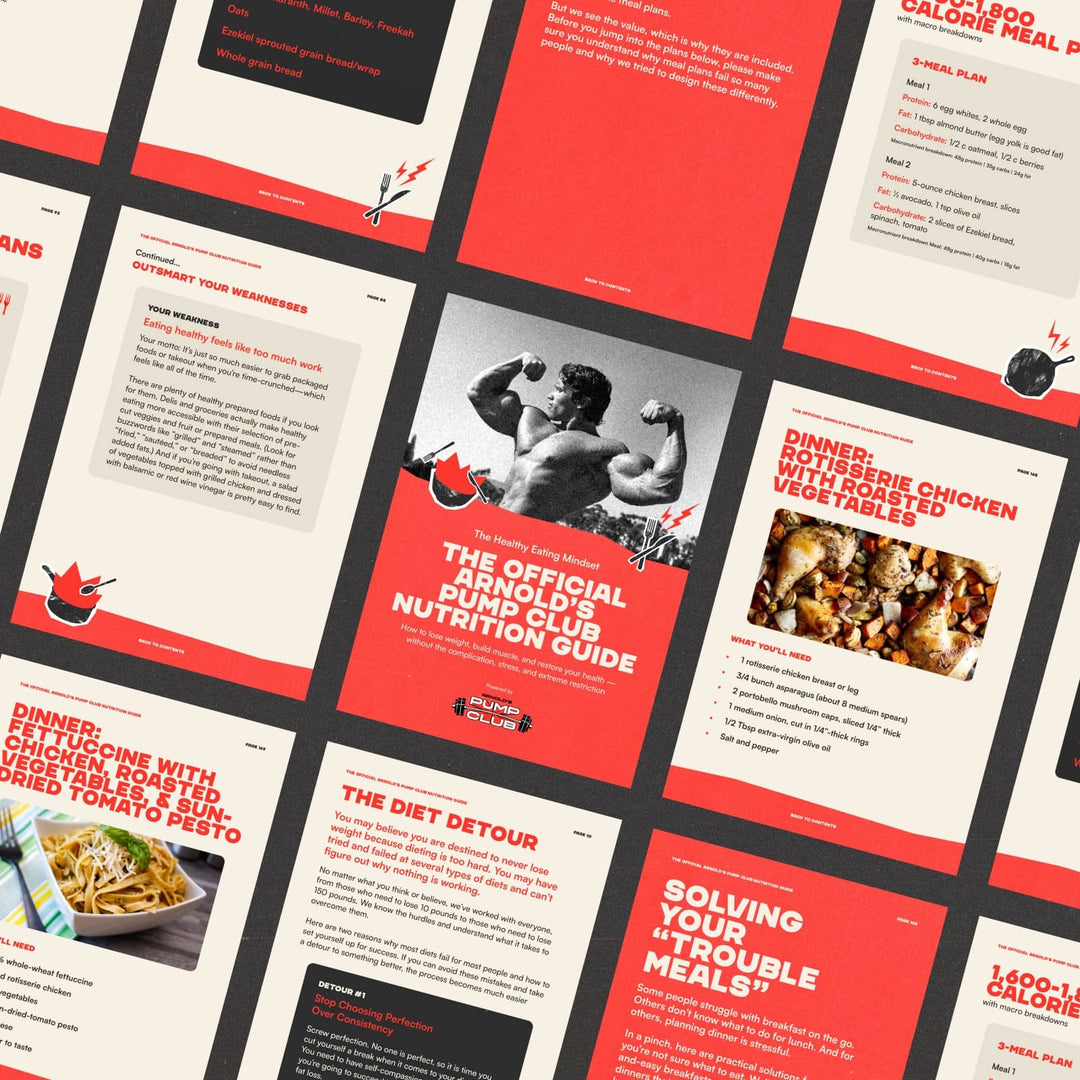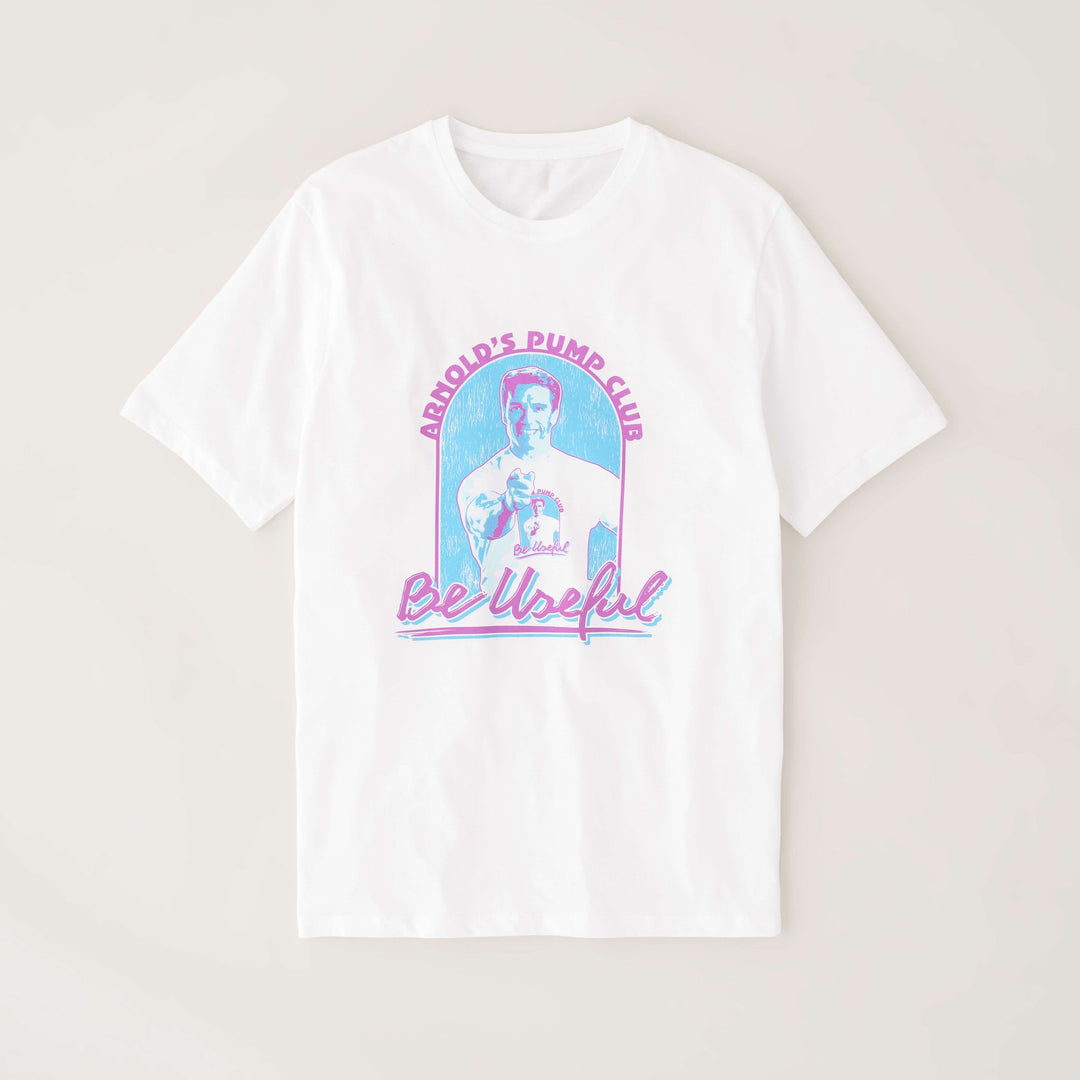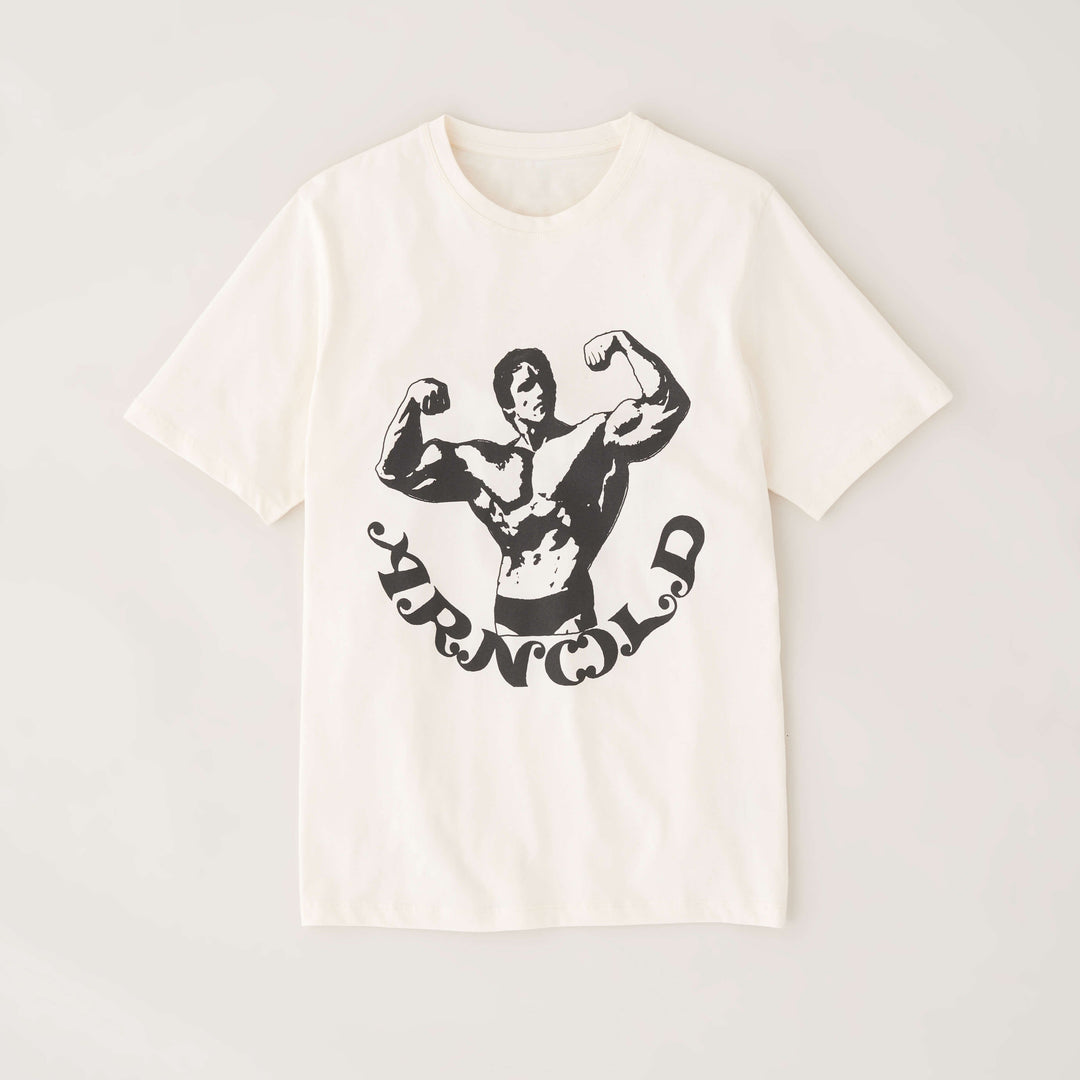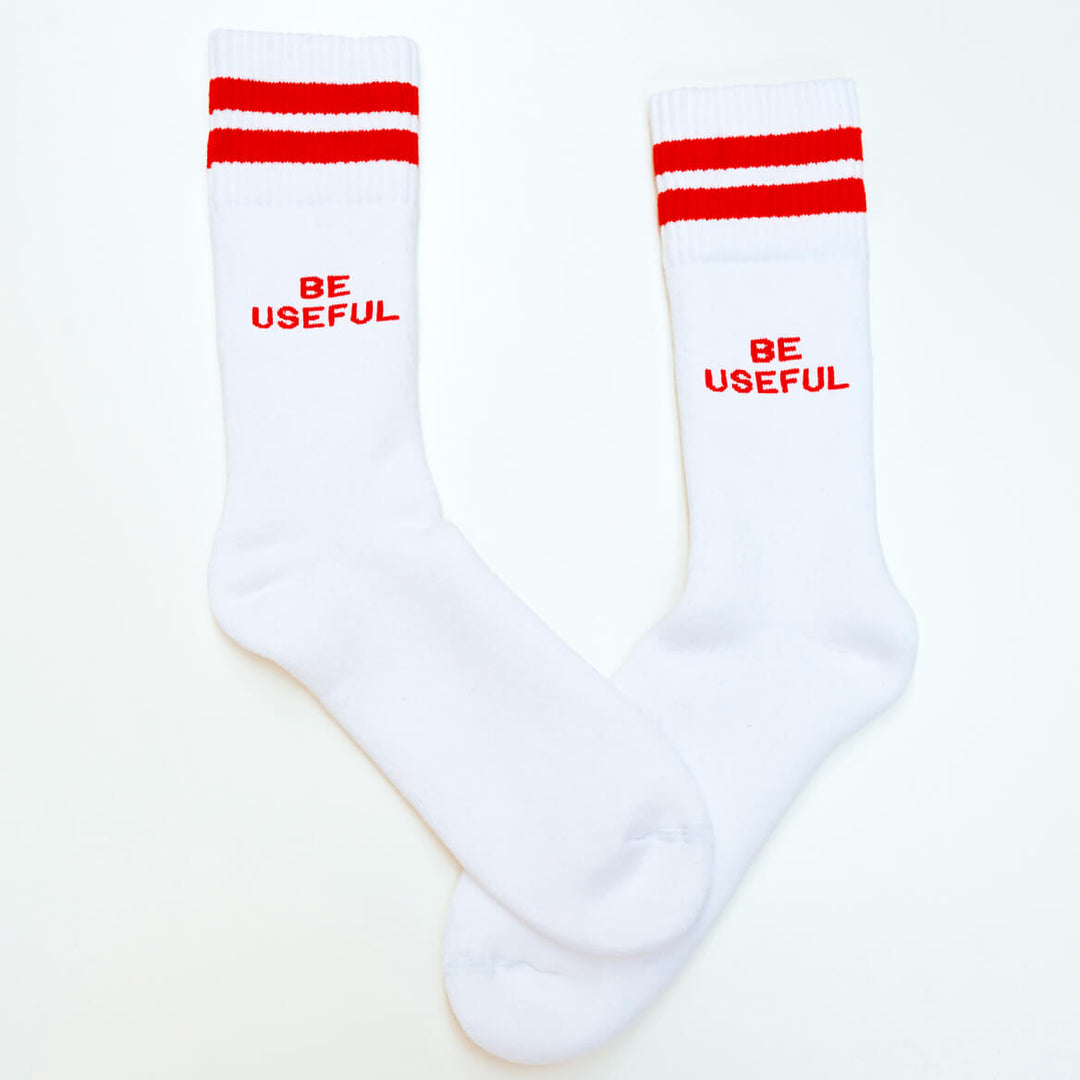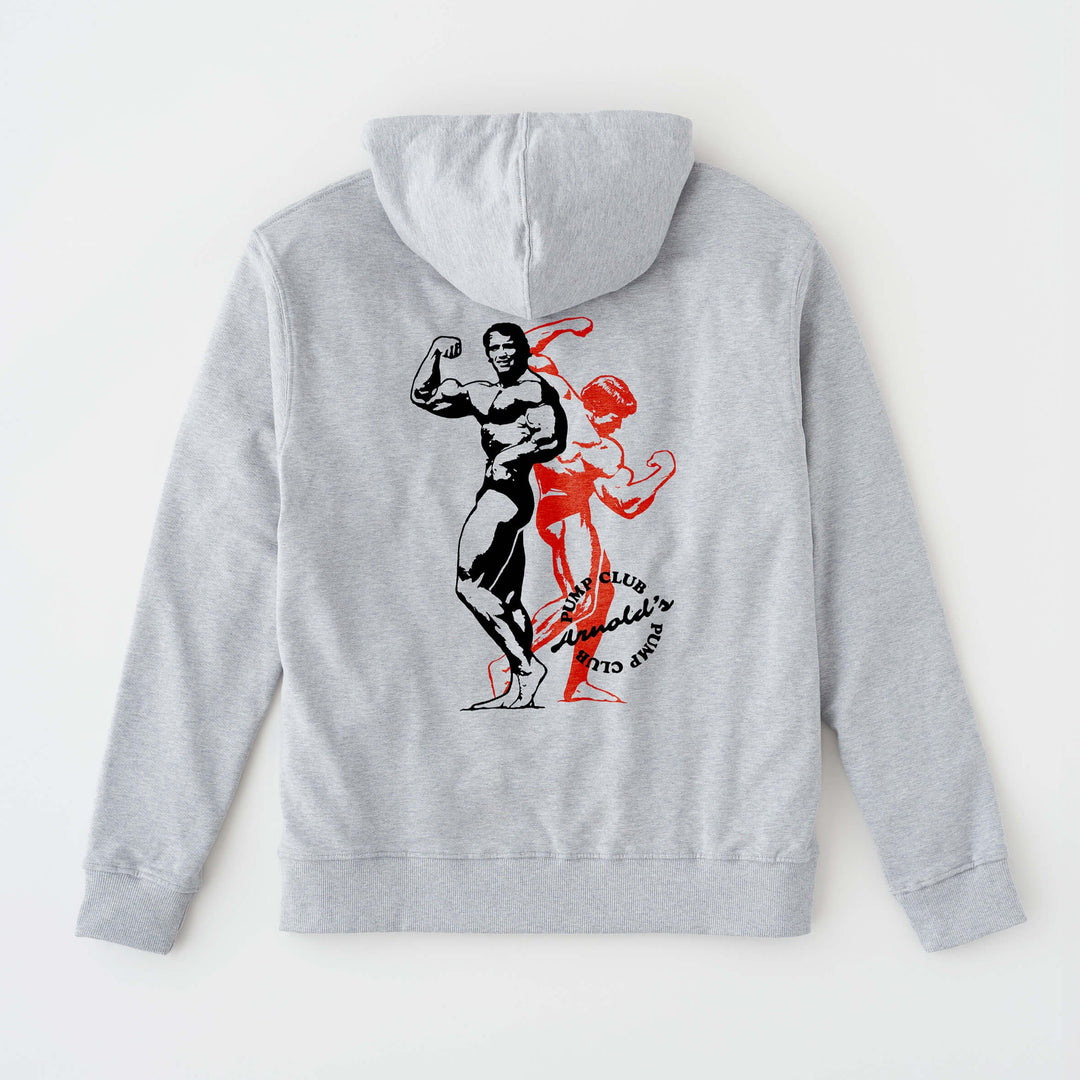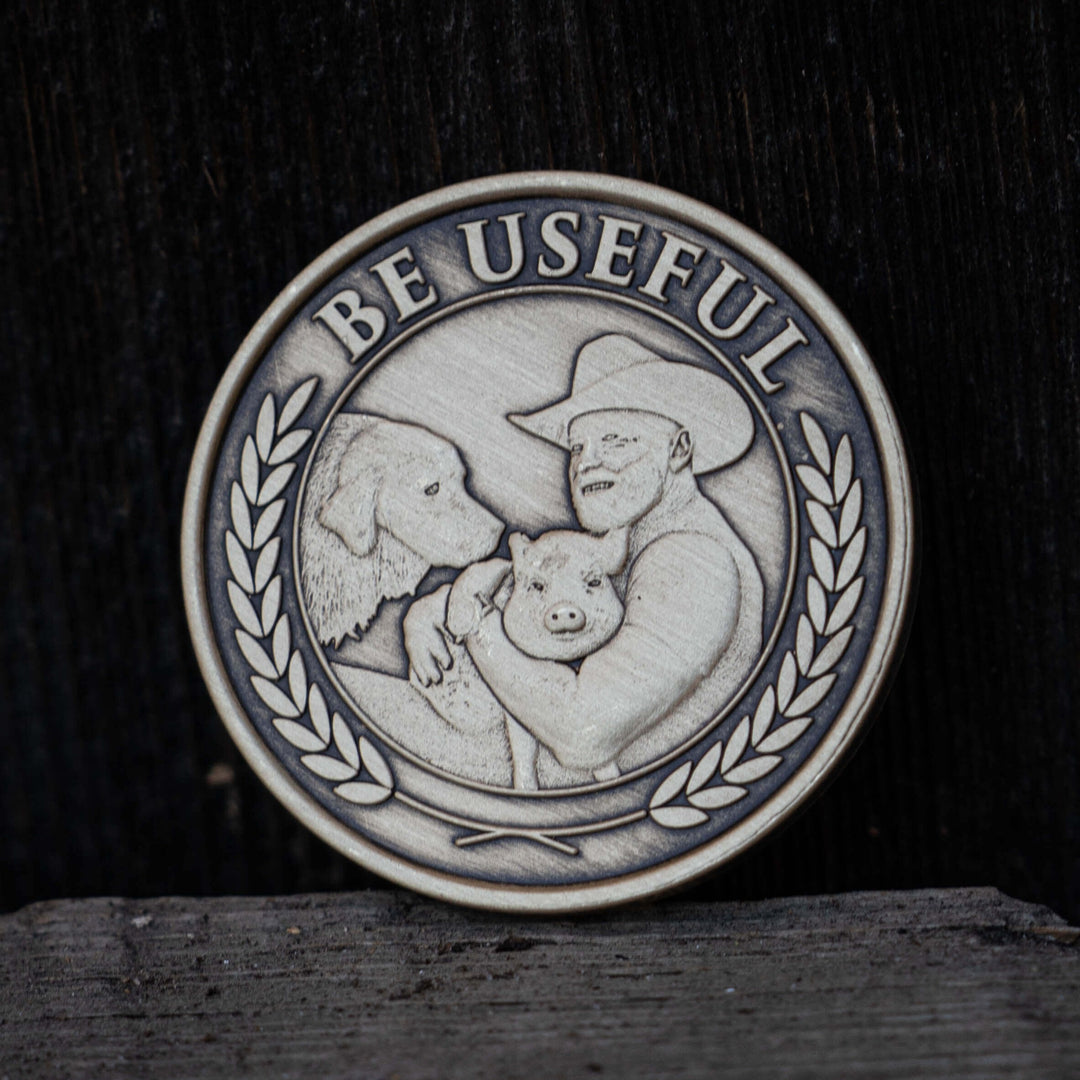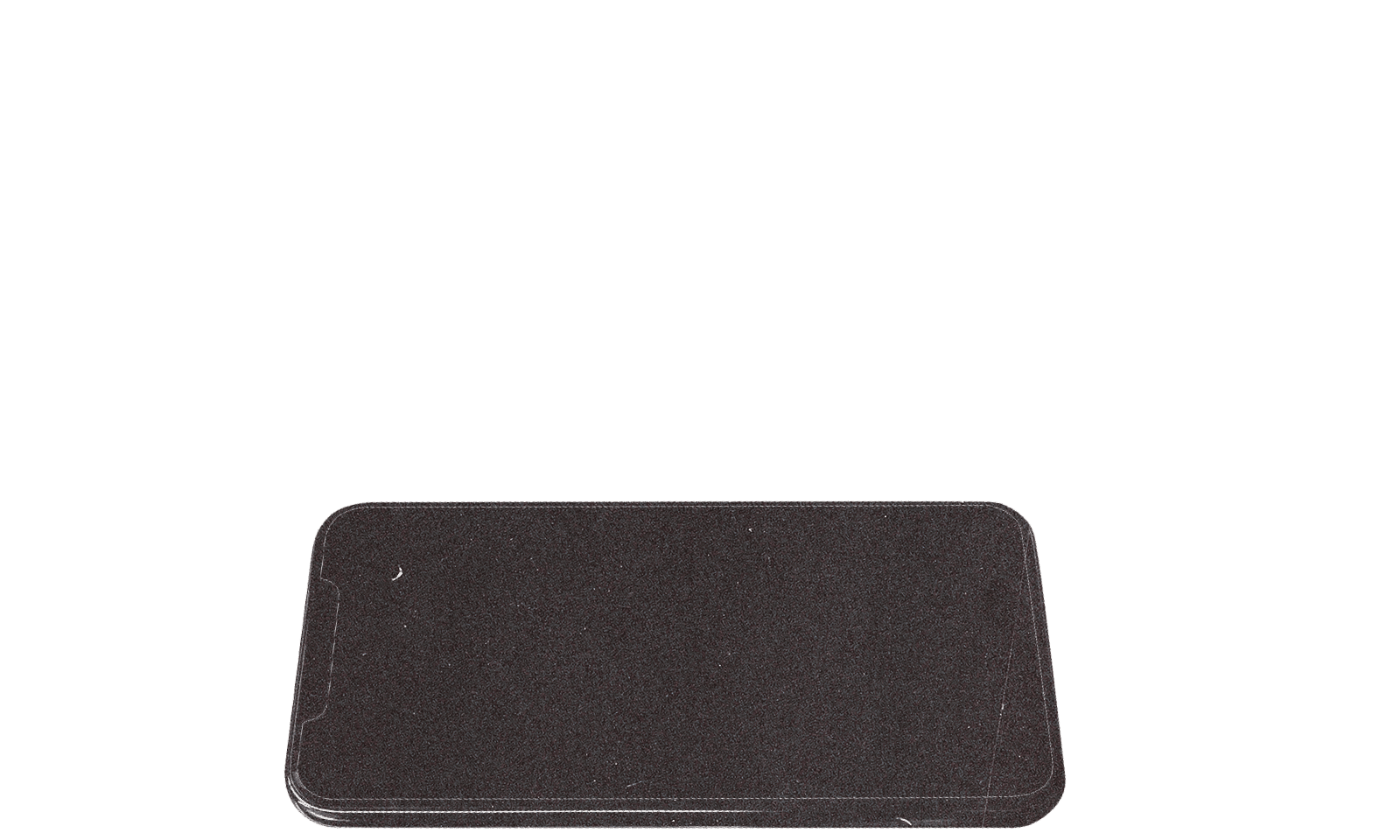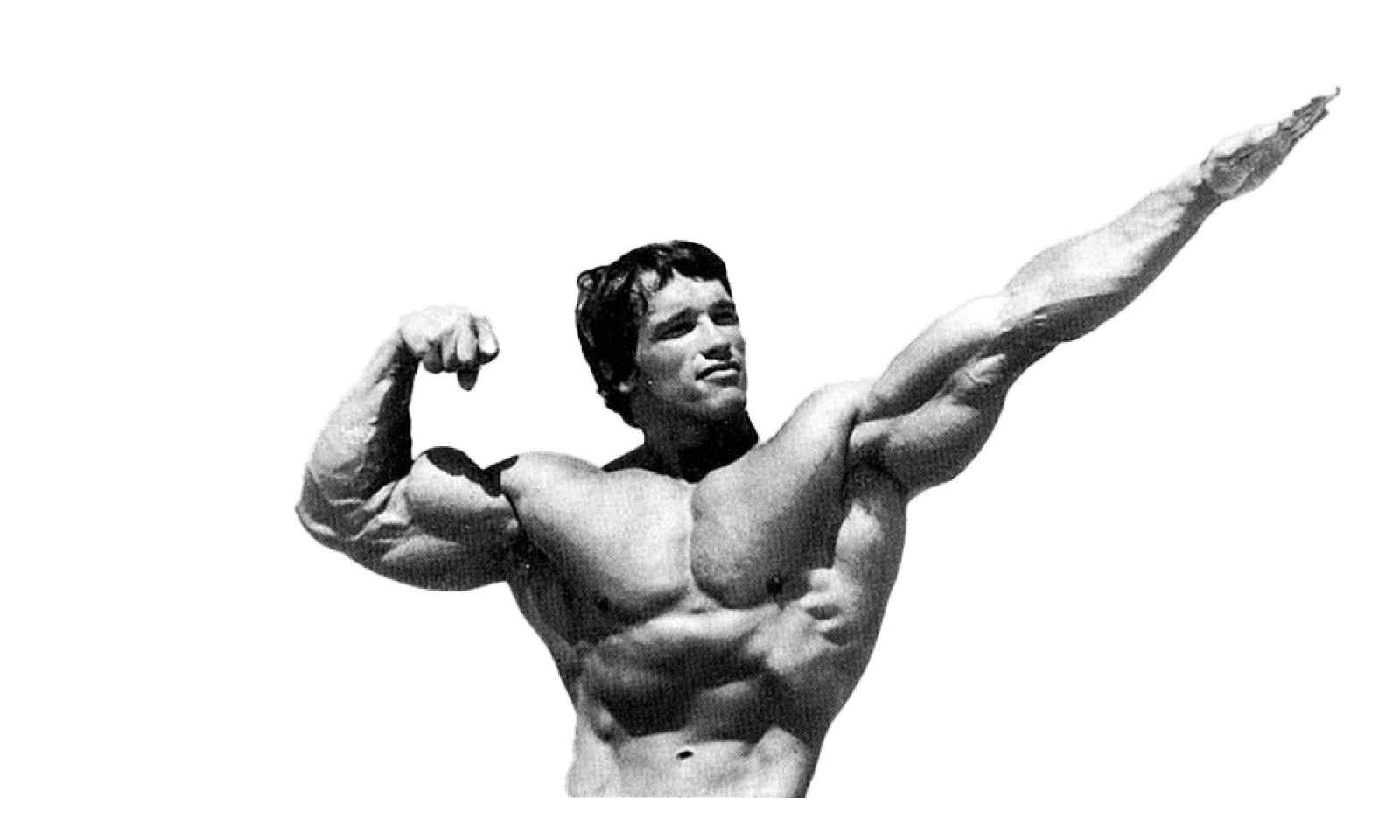Welcome to the positive corner of the internet. Every weekday, we make sense of the confusing world of wellness by analyzing the headlines, simplifying the latest research, and offering quick tips designed to make you healthier in less than 5 minutes. If you were forwarded this message, you can get the free daily email here.
Today’s Health Upgrade
The anti-frailty drink
Are you chasing fatigue?
When life gets messy, do this
Arnold’s Podcast
Want more stories from Arnold? Every day, Arnold’s Pump Club Podcast opens with a story, perspective, and wisdom from Arnold that you won’t find in the newsletter. And, you’ll hear a recap of the day’s items. You can subscribe on Apple, Spotify, Google, or wherever you listen to podcasts.
Longevity
The Anti-Frailty Brew
You don’t need a miracle supplement to reduce frailty as you age. You might just need another cup of coffee.
Scientists found that drinking more than 4 cups of coffee per day was associated with a 64 percent lower risk of frailty as you age.
The study tracked nearly 1,200 adults aged 55 and older to see how daily coffee habits, both current and midlife, affected frailty. The scientists used a five-part measure that included weight loss, exhaustion, weak grip strength, slow walking speed, and low activity.
Interestingly, it wasn’t just the caffeine doing the heavy lifting. Among coffee drinkers, those consuming 2–4 cups of decaf per day showed the strongest reduction in 3-year frailty and pre-frailty incidence. This suggests that either people with healthier habits tend to drink coffee (decaf or caffeinated), or that coffee’s antioxidant and anti-inflammatory compounds may support muscle strength and metabolic health.
It’s challenging to pinpoint a single reason, but researchers speculate that coffee’s polyphenols and other bioactive compounds may help protect against cellular damage, inflammation, and age-related muscle decline —all key drivers of frailty.
If you tolerate it well, the research suggests that several cups of coffee can help support better aging. Just skip the added sugar and creamers and pair it with strength training and a balanced diet to build your best defense against age-related decline.
Adam’s Corner
Are You Chasing Fatigue?
Most people aren’t lazy once they get to the gym. They show up. They sweat. They leave feeling exhausted.
And sometimes, that’s part of the problem.
Somewhere along the way, you were taught that fatigue is a sign of a good workout. That soreness is the gold star. That collapse equals success.
You might know that soreness isn’t a good indicator of a great workout. But you might not realize all the ways that your pursuit of fatigue is the reason you don’t change despite all the time you've invested in exercising.
The results you want—more muscle, less fat, and the kind of strength that builds confidence in and out of the gym—occur when you stop chasing fatigue and start learning to push intensity.
While they might sound similar, there’s a big difference.
Imagine your next workout, where the first exercise recommends 3 sets of 10 reps. You might perform your work-up (warm-up) sets, and then on that first set, you’ll do 10 and then stop, even if you could do more. You know you have two more sets coming, so you don’t push it. This is a bigger mistake than you realize.
Pacing yourself means you are sacrificing intensity in pursuit of fatigue.
Every set you perform builds fatigue. That’s good. However, as fatigue increases, intensity naturally decreases. So when you add fatigue in your early sets without fully pushing yourself to the limit, you are missing out on the highest quality reps when fatigue is lowest.
Stop saving yourself for the third set.
Instead, on that first set, give everything you have as if it’s your only set. When you get to 10 reps, if you have more in the tank, keep pushing. If you stop at 10—but you had five more reps in the tank—you didn’t train with intensity. You trained with a quota. Don’t stop until you are about 1 to 2 reps shy of failure. Take your rest, and then perform the next set.
This is how you maximize intensity. You seek it.
Fatigue is a Feeling. Intensity Is a Choice.
You can do 30 sets in the gym and barely be able to lift your arms. You can do burpees until you question your life choices. And still, you might not trigger much growth.
The magic of muscle-building and fat loss doesn’t come from how tired you are—it comes from how much you can stretch the boundaries of what you could do before.
That means you must chase the hard reps.
These are the reps where you’re not yet exhausted, but your body wants to stop. The ones where your brain says, “That’s enough.”
Progress happens when your body is forced to adapt. When your muscles are pushed to the edge of failure, whether that’s with five reps or 15 reps, heavy weight or light weight. The load matters, but the effort matters more.
This doesn’t mean you need to take every set to complete failure. You don’t. In fact, I insist that you rarely go to complete failure.
But you do need to get close enough that your body knows it can’t stay the same.
The solution isn’t to do more. It’s to do better.
Train like a set won’t count until you find the hard reps, because it doesn’t.
In the Pump, we refer to this as the “first set mindset.” But you can call it a wake-up call that will forever change the way you exercise.
So next time you hit the gym, ask yourself: Am I chasing the hard reps? Or am I just checking the boxes? -AB
If you want to experience what it’s like to be coached by Arnold and his team of experts, check out The Pump App. All APC readers get a 7-day free trial and 20% OFF for life. You’ll need to purchase through the link above. If you’re an existing member, you can renew this way when it’s time. We don’t want you to miss out.
Better Questions, Better Solutions
The System That Saves You When Life Gets Messy
Old Question: Why do I keep falling off track?
Better Question: What system would make healthy choices easier to repeat—even when life gets messy?
Ever feel like you know what to do, but you can’t seem to stay on track?
Most people blame themselves for inconsistency, thinking they’re lazy, unmotivated, or undisciplined. But falling off track isn’t a failure of character. It’s often a failure of design.
The better question shifts your focus away from guilt and toward engineering your environment so it supports your goals on autopilot, even on your worst days.
Research shows that designing your environment for success is more effective than trying to power through with discipline.
In a meta-analysis of behavior change studies, scientists found that people were far more consistent when they used tools like preparing meals in advance, keeping visual reminders around the house, and putting workout clothes by the door.
And it helped to build a clear structure by creating “if-then” plans like, “If I skip the gym, I’ll walk after dinner.”
Life will always get messy. So, building a system that helps you win, even when your motivation is gone, is how you can prevent the normal frustrations of life from creating detours for your goals.
If you need a place to start, use this four-step method to create a better system:
Step 1: Pick one healthy habit or behavior you want to make stick
Step 2: Identify areas where you experience friction and remove them. (Less resistance = more reps)
Step 3: Add a “bare minimum” version for busy days
Step 4: Use a cue — a visual reminder or calendar nudge — to keep your new habit top of mind
If you make the healthy choice the easy choice, you’re more likely to stay on track, no matter what life throws at you.
—
Publisher: Arnold Schwarzenegger
Editors-in-chief: Adam Bornstein and Daniel Ketchell




